Spaghetti squash, like eggs, is one of those foods that gets me so pumped about what food is. It's a squash like any other squash, but then you run your fork through it after baking and BAM! Perfectly formed spaghetti strands. Food can be amazing, and spaghetti squash needs no embellishment, which is why I paired mine with a simple and quick sage and walnut butter sauce. This is a classic sauce...you don't always have to reinvent the wheel in the kitchen. But it pairs so perfectly with the delicate squash, and it's so yummy to boot. Vegetarian or not, this is a fantastic Fall supper.
Ingredients:
1 spaghetti squash, about 2 lbs. (whatever size you use, you just have to adjust the cooking time; if you use a 3 lb. squash or larger, increase the butter to 5 tbsp.)
3/4 tsp. salt
1/2 tsp. coarse ground black pepper
4 tbsp. butter
10-15 fresh sage leaves
1/2 cup shelled walnuts, roughly chopped
1 tbsp. grated parmesan or pecorino cheese
Our 2 lb. squash would serve about 3 entrée sized portions. The 3 lb. (logically) would serve more!
Step 1:
Preheat your oven to 400 degrees with the oven rack in the middle of the oven. Using a sharp knife, carefully halve your squash lengthwise and scoop out the seeds from each half.
Step 2:
Place each half on a rimmed baking sheet, flesh side up. I put parchment down first, like always, so that in case the squash leaks or bubbles, I don't have to clean up a sticky baking sheet, I just have to throw away the parchment. Season each half with a 1/4 tsp. of the salt and pepper, then place 1 tbsp. of the butter and 2 sage leaves in the hollows of each squash half. 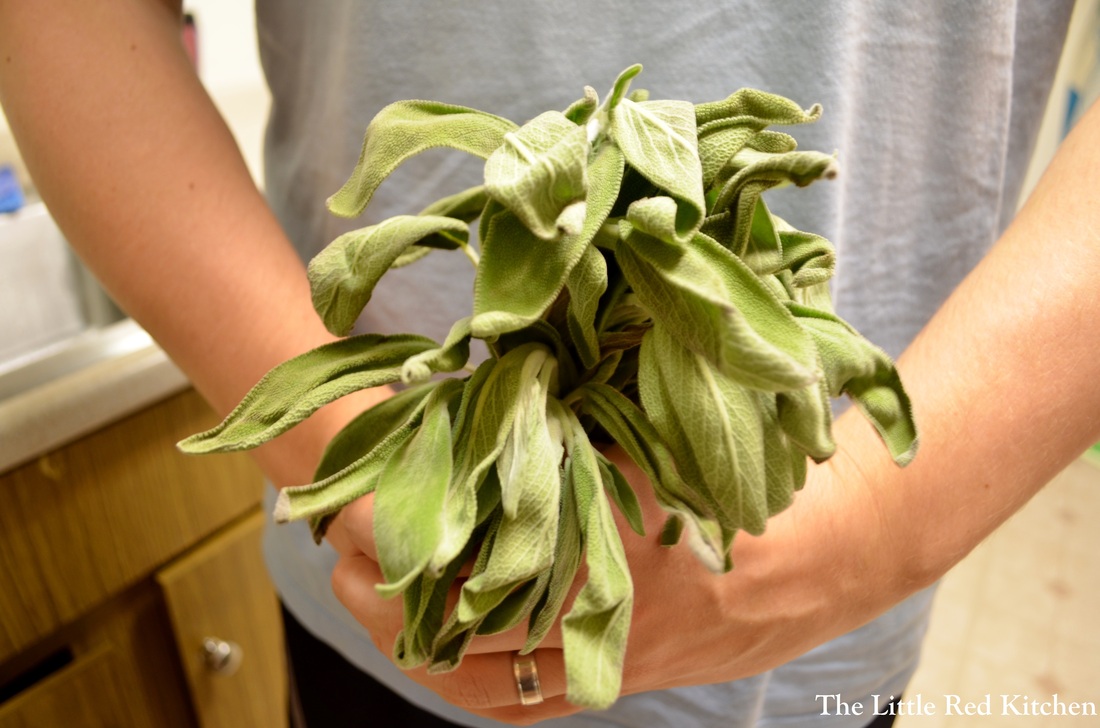 For ME? You shouldn't have <3 Step 3:
Bake the squash on the middle rack until the flesh is just soft, about 40-45 minutes. For a larger squash, this may be closer to an hour. Remove the squash from the oven and let cool until you can work comfortably with it, about 15 minutes. Step 4:
Here comes the fun part. Using a fork, simply run the prongs long-ways across the flesh, and it will form spaghetti strands. Just try to keep that lovely pool of butter in there, tossing it with the squash as you go. The squash is still plenty warm, and the sauce takes a couple minutes to throw together, so just let the squash chill out for a bit.
Step 5:
Heat the remaining butter in a large skillet over medium heat, then add the walnuts and toast for about a minute, letting the butter foam and sizzle. Then add the remaining sage leaves and stir them around for about a minute as well, until they start to crackle in the pan. Done! Add the spaghetti to the pan, toss to combine and warm through for about a minute or two. Add the rest of the salt and pepper if you need to and serve, topping with the grated cheese. Both fresh tasting and comforting, this meal will warm your belly up in the best possible way.
Spaghetti squash is a little too delicate for a hearty marinara, but a fresh chunky tomato salsa would work marvelously, as well as an herbaceous pesto, if you'd rather give those a try. Somebody was obviously playing with their food to begin with if they discovered you could turn squash into noodles. So why not play some more? :)
~Lauren
Sometimes when bags of potatoes are on sale buy-one-get-one free at the market, my husband and I have to indulge, even though it leaves us with 6-10 lbs. of potatoes on our hands. Our worst fear is that we'll decide against it, but then next week we'll need potatoes and feel like total chumps because we missed out on a free bag! However, that leaves us with a bunch of potatoes, and in need of recipes!
On our anniversary trip Doug and I had escargot en cocotte, which was snails cooked in a small sturdy pot with a wonderfully luscious sauce of olive oil, tons of parsley and garlic. I was not about to cook snails at home, but I had to come back to Pennsylvania and do something with that amazing sauce, and potatoes seemed like the obvious choice. But, the question in my mind was, how do I impart tons of flavor into the potatoes, but allow them to retain their great potato flavor? I decided to take a leaf out of the en cocotte book with this one.
Ingredients:
1-1.5 lbs small red potatoes, scrubbed clean with skin left on
4 cloves of garlic, minced
3 tbsp. olive oil
1/4 cup chopped parsley
1/2 tsp. kosher salt
Step 1:
Cut the potatoes into about 1-inch pieces. Depending on the size of the potatoes this could mean halving them or quartering them. Step 2:
Add the olive oil and garlic to a cold 10-inch skillet or wide-bottomed saucepan. Heat it over medium-low heat, and when the garlic starts to sizzle, add the potatoes, parsley, salt, and a tbsp. of water. Stir to evenly coat the potatoes, cover, and cook for about 10 minutes, until the edges are starting to turn translucent. The science: One of the culprits of flavorless potatoes is water. If you overcook potatoes when you are boiling them, they get waterlogged and this flushes out all of the flavor. If you've ever had flavorless mashed potatoes, that is the culprit. By basically poaching these potatoes in olive oil and just a tiny bit of water to keep anything from burning, the only liquid they will steam in is their own juices! You will get potatoes that have tons of herb and garlic flavor, but that actually taste like potatoes.
Step 3:
After the first 10 minutes, give everything a stir, then re-cover and cook for another 10 minutes, or until the potatoes are cooked through. When you can insert a paring knife into a potato piece and it meets no resistance, you are there!
Simply pour the potatoes into a dish and serve! These yummy, luscious potatoes are the perfect side dish to just about anything from roast chicken to steak. Eat and enjoy!
~Lauren
I don't know a lot of ways to start a week off that are better than dessert! So with that, let's dive right into these Peanut Butter Crispy Bars that are making another appearance from their Dinner Party debut. Every so often when I have spare reading time (which is NEVER now that I'm in graduate school) I get a cookbook out of the library, just to peruse even while I'm watching tv. One of my favorites is the book that Food & Wine Magazine puts out every year, Best of the Best Cookbook Recipes.  courtesy of amazon.com That's right, they go through all the cookbooks that have been published that year and pull their favorites, so you don't have to buy (or borrow) them all! I usually end of scanning tons of pages full of mouth-watering dishes so I can save them once the book is back on the shelves. That's where I found this fantastic recipe.
Ingredients:
For the crispy crust:
1 3/4 cups crisped rice cereal
1/4 cup sugar
3 tbsp. light corn syrup
3 tbsp. unsalted butter, melted
For the milk chocolate peanut butter layer:
5 ounces good-quality milk chocolate, coarsely chopped (I LOVE Ghirardelli's milk chocolate chips, which I didn't chop for this recipe)
1 cup creamy peanut butter
For the dark chocolate icing (yup, it keeps getting better):
3 ounces dark chocolate (60-72% cacao), coarsely chopped
1/2 tsp. light corn syrup
4 tbsp. (1/2 stick) unsalted butter
Step 1:
Lightly spray a paper towel with nonstick cooking spray and rub the bottom and sides of an 8-inch square baking pan. Set aside. Put the cereal in a large bowl and set aside as well.
Step 2:
For the crispy crust, pour 1/4 cup of water into a small saucepan. Gently add the sugar and corn syrup, so that it doesn't get on the sides of the pan (just pour it right into the center). Stir gently with a wooden spoon until just combined. Put a candy thermometer into the saucepan, cook over medium-high heat, and bring to a boil; cook until the mixture reaches the "soft ball" stage (a candy-making term), 235 degrees.
I don't own a candy thermometer. Used to, and I broke it with my first use. Lesson learned. So I clipped my instaread thermometer to the pan and used that. Note that this will come to a boil quickly, but it takes longer to get up to the 235 degrees.
Once it does hit that temperature, remove from the heat and stir in the butter, then pour over the cereal. Combine quickly then dump into the prepared pan. Using your hands, press the mixture into the bottom (but not up the sides) of the pan. In case you hadn't guessed, you just made rice crispy treats! Let this layer cool a bit while you work on the next.
Step 3:
In a large nonreactive metal bowl, stir together the milk chocolate and peanut butter. Set this bowl over a saucepan of simmering water and stir until it melts and the mixture is smooth. Then remove from heat and continue to stir for about 30 seconds, so it cools down slightly. Pour the mixture over the crust and refrigerate for an hour, or until this middle layer has hardened.
Step 4:
Make the top layer! Create the same double boiler set-up as in step 3, this time with the dark chocolate, corn syrup, and butter. Again, stir and melt till completely smooth, and off the heat, continue to stir for 30 seconds. Pour this over the chilled milk chocolate layer. Put the pan in the fridge again and let harden for an hour, then these are ready to serve!
These are rich, so I'd cut into 9 squares, if not even smaller, depending on how stuffed everybody is from their main meal.
I can't believe that I've never had to combine milk chocolate and peanut butter in a dessert before, because it is AWESOME. These bars are amazing. The middle layer is dense and chewy, while the top dark chocolate is like a light fudge, and that intense cocoa flavor of dark chocolate is a perfect compliment. I hope you make these soon and ENJOY!
~Lauren
Talk about some comfort food!
Okay, so comfort food is something we all crave when the weather turns. I don't know if it's from childhood memories or it's more primal than that, but something in our bellies wants stick-to-your-ribs goodness this time of year. Unfortunately, that goodness comes at the price of pants buttons popping and food-induced comas. So I wondered to myself, does comfort food have to give us that feeling that we never want to even look at food again?
That being said, I decided to tackle the classic Southern American dish, chicken and dumplings, and make it a little less heavy. By creating a broth-based soup, instead of a thick gravy, and by adding tons of veggies and fresh herbs, I think I may have done just that!
Ingredients:
Stew:
2 large chicken breasts, trimmed of excess fat
kosher salt and pepper
2 tbsp. olive oil
1-1.5 cups chopped yellow onion (1 medium onion)
2 garlic cloves, minced
1 sprig of fresh thyme (substitute 1/2 tsp. dried thyme if you need to)
2 cups of carrots, chopped into roughly 1/2-inch pieces (believe it or not I only had baby carrots on hand so I simply cut them in half!)
1 cup of celery, stalks chopped 1/4-inch thick
1/4 cup flour
6 cups chicken stock (I don't need to tell you that homemade is better. I happened to have some in my freezer, but 90% of the time I don't, so low sodium chicken stock is A-Okay)
1 cup water
3 tbsp. chopped fresh dill, divided in half (use 1.5 tbsp. if substituting dried dill)
4 tbsp. chopped fresh parsley, divided in half (dried parsley is like rabbit food. do NOT substitute.)
Herbed dumplings:
2 cups all-purpose flour
1/2 tsp. kosher salt
1/8 tsp. ground black pepper
1 tbsp. baking powder
1/2 cup heavy cream
1/2 cup buttermilk (You may use a whole cup of heavy cream if you wish, and omit the buttermilk)
2 tbsp. butter
*I forgot to count as I was making them, but I think the dumpling batter makes about 20 dumplings, if not more. This dish will definitely serve up to 6 people.
Step 1:
Pre-heat oven to 375 degrees. Season both sides of the chicken breasts with kosher salt and pepper and place on a rimmed baking sheet (I almost always use parchment paper because it makes clean-up a breeze.) Bake on the middle rack in the oven for 20-25 minutes, or until the chicken's internal temperature registers 160 degrees. Allow to cool, then using 2 forks, break the chicken up into large shreds. You should get 3-4 cups worth. Cover and set aside. A small note, I prepped almost everything in advance and just left it in the fridge for the afternoon. Come dinner time I just had to assemble the soup and make the dumplings, which made things so easy! Step 2:
Pour the olive oil in a Dutch oven or heavy-bottomed large pot and turn on to medium-low heat. Add onion, 1/2 tsp, of kosher salt and 1/4 tsp. of black pepper. Cook until the onions are softened and slightly translucent, 5-7 minutes. (Keep the heat on medium-low, we're not looking to brown!)
Step 3:
Add the minced garlic and thyme and cook for 30 seconds, until fragrant. Then add the carrots and celery. Stir to combine. Cover and cook for about 10 minutes, until the carrots have softened slightly and the celery is turning translucent, stirring halfway through.
Step 4:
While the carrots and celery are cooking, it's a good time to form the dumpling dough, which doesn't take long at all. Combine the flour, salt and pepper, and baking powder in a medium-sized bowl and stir to combine. In a small saucepan, combine the heavy cream, buttermilk, butter, and half of the total dill and parsley. When it just comes to a simmer, pour it onto the flour mixture and stir just enough so that the dough comes together. I had to add a couple extra tablespoons of buttermilk, which is sometimes necessary. Just try your best not to overwork the dough. Step 5:
When the 10 minutes are up on the veggies, add the 1/4 cup of flour and bring to medium heat, stirring the flour in until it looks gummy and weird, about a minute. Step 6:
Pour the chicken stock and water into the pot and bring to a boil. Once the stew reaches a boil, lower it to a simmer (medium-low), fish out the thyme sprigs and start forming the dumplings and dropping them into the pot. Just grab a couple tbsp. at a time, and roll them into loose dumplings, about 1.5 to 2-inches big. Once they are all in there, place the lid on the pot and simmer gently for 25 minutes. I had a boil over. So when I say gently, I mean it. In fact, if your stew is even close to the top of the pot, leave the lid slightly off and check on it often!
After 25 minutes, turn the heat off and take the pot off the burner. Gently stir the chicken and the remaining fresh herbs into the stew and allow to sit for 5-10 minutes. Then serve! This stew has a fantastic consistency! It's thicker than a chicken noodle, but not as heavy as a dumpling gravy. And the fresh herbs are such a welcome addition to the whole dish! I particularly love the buttery, dill-y dumplings, which are just the right size that you can eat 3 or 4...or 5, or 6...and not hate yourself for the next 2 hours. The next time you are hankering for some home-cooked comfort, consider tucking in to a steaming bowl of this. :)
~Lauren
This is an easy, filling recipe that has been a go-to for Jay and myself for the past few years. It's also a great meatless meal or side, depending on what you need!
I'm not feeling super great today, so instead of rambling on, I'm going to go ahead and jump right into the recipe. Enjoy!
Ingredients
1 large yellow onion, diced
2-3 garlic cloves, minced
1 tbsp extra virgin olive oil
1 can Hunt's tomato sauce
1 can chickpeas, drained and rinsed well
1 large bunch swiss chard
2 tsp yellow curry powder
1 tsp cilantro
1 tsp cumin
salt and pepper to taste
Step 1. Warm a medium pot or large sauce sauce pan over medium-high eat, then toss in the garlic and onions. Saute until the garlic is fragrant and the onions are translucent. Step 2: While the onions and garlic saute, dice and blanch your swiss chard by dropping the greens into boiling water for 2 minutes, then cooling immediately (either in ice water, or by running under very cold tap). This will soften the chard and remove some of the bitterness without eliminating all of the awesome vitamins it carries. Step 3: Once the onions are ready, toss in the chickpeas and the spices, stirring to combine. Saute for a few minutes to allow the flavors to marry. Step 4: Then, add in the tomato sauce and (drained) swiss chard, again stirring to combine. Saute for 10-15 minutes, taking care to keep the heat low enough that the tomato sauce doesn't splatter everywhere. This will allow the flavors to blend, and the swiss chard to soften further. Cooking this dish uncovered also means that the tomato sauce reduces, and you end up with a stew-like consistency in the end. Yum!! Enjoy!
- Kaitlin
This is one of those recipes that, no matter how many times I make it, I never get sick of. Inevitably, pictures of the perfectly roasted bird end up on my Facebook pages and Instagram. I am not ashamed. Originally, I was inspired by Nom Nom Paleo's " Easiest Roast Chicken Ever*", which (if you have access to a Trader Joe's) means an amazing roast chicken dinner on the table in about an hour. Since I didn't and still don't have access to Trader Joe's (and their amazing pre-brined chickens), I had to make do on my own for the chicken-prep part. (*If you do have access to a Trader Joe's, hop on over to the site linked above. You are in for a quality recipe and some beautiful pictures.) One glance at the available recipes online (ahem, Paula Deen), and it was enough for me to steer clear of any pre-made recipe (although I'm sure there are other great ones out there). I wanted the brine to be strong enough to work in 30 minutes, but not enough that the salt or pickling spices would overpower the chicken. Keep reading to find out how I solved that problem! Ingredients 1 4-5lb chicken 1/3 (rounded) cup sea salt, or more, if you're a salt lover 1-2tbsp garlic powder 2 tbsp pickling spices 2-3 bay leaves 8 cups water 4-5 cups of tough/root vegetables of your choice (leeks, carrots, onions, potatoes), roughly chopped 2-4tbsp butter, softened First, prepare your brine. Throw all of the brine ingredients (sea salt through water, above) into a large stock pot (it will need to hold the water and your chicken), and stir well to combine. The salt will begin to dissolve as you prep the chicken. Some folks like to simmer the brine first, to ensure that all of the salt has dissolved, but I've done it both ways and never had an issue with either one. Next, you're going to need to know how to butterfly the bird. This ensures that it will cook quickly and evenly (that, plus the brine, means fully cooked white and dark meat that's still super tender). To begin, pat your bird dry ( health/microbiology note: Don't rinse first! You're significantly increasing the spread of surface bacteria around your kitchen, even if you don't see the water splash. Here's a great NPR article on this, thanks to my friend Chad.) Step 1. Lay your (now dry) bird on a cutting board (or other easy-to-clean surface, since chickens carry Salmonella spp.), breast side down. Locate the tail-- the backbone runs along the top of the chicken, starting at this point. We'll be cutting out the backbone, so the chicken will lay flat. Step 2: Take a strong, sharp pair of kitchen shears and use them to cut from the tail end (I find this the easiest way, but whichever works for you) along the backbone, all the way through. Like so:
Also: BE CAREFUL! Chicken bones are sharp and obviously this guy contains bacteria, so be sure not to cut yourself. If you do, wash your hands really well with some antibacterial soap. Probably twice.
Then, repeat on the other side. Feel free to turn the chicken around to cut from the other direction, if that's easier for you (we almost always do). Once the backbone has been removed (great to save for stocks or soups, if you're into that kind of thing), the chicken should open partway, almost like a book. Step 3: Now, we want to cut the cartilage near the neck area, so the chicken will open up all of the way and lay flat. Part of what is keeping the shape of the bird is a structure called the keel bone (which, unsurprisingly, looks like the keel of a boat). Locate the keel bone, and take a sharp knife... ...which you will use to cut the top ~1 inch of cartilage, starting at the neck region. This will separate the breast meat and allow the chicken to lay flat. Step 4. Use your hands to open the chicken like a book. You may have to use a little force, as we're going to separate the cartilage in this step. Optional step: Using a sharp paring knife, carefully remove the keel bone. Some folks like to do this, and I definitely do (unless I'm feeling lazy)! This won't affect the cooking time or flavor of the chicken, but this is what you'd normally cut the breast meat off of. Without the keel bone, there are no bones keeping you from white meat bliss after this baby is done cooking! Step 5. Put your chicken in the brine at room temperature for 30-45 minutes. Step 6. While your bird is brining, preheat your oven to 425 degrees F. Then, prep and roughly chop your favorite root vegetables, and throw them into a baking pan (that will also fit your chicken). If you're feeling especially decadent, add some pats of butter to the top of the veggies (or toss with your favorite cooking oil). Kerrygold is arguably the best butter, ever. Step 7. Once the chicken has finished brining, remove it from the brine and rinse. (I know, I know... I just told you not to rinse. However, it's pretty terrible biting down on a fresh peppercorn or other pickling spice while you're trying to eat roasted chicken, so we need to do this to remove the brine 'debris'. Just be sure to clean your sink and surrounding area really well afterwards.)
Pat the bird dry, and rub down with a generous coat of softened butter or your favorite cooking oil (both sides). Step 8. Place the chicken breast-side down on the tray of vegetables, and make sure it fits within the tray. Step 9. I like to roast butterflied chicken as follows:
45 minutes, breast side down
15 minutes, breast side up (It's helpful to use tongs for the flipping step.)
broil, 2-5 minutes, breast side up
...What you end up with is tender, juicy chicken, with a crunchy, golden skin on top...
Like this! Step 10. Tent the chicken in tinfoil for 15-20 minutes. Step 11. Then serve up alongside the vegetables you just roasted under the chicken! Delicious. Here's what my dinner plate looked like: Enjoy, and thanks for reading!
- Kaitlin
Ah the chicken breast. One of the greatest gifts to weeknight dinners, and also one of the worst. There are literally thousands of chicken breast recipes in existence, but a lot of them are really bland or boring. Yet since this staple is healthy, easy to prepare, and usually relatively inexpensive, I'm always trying to think of ways to keep it interesting in the kitchen.
Those ways usually involve flour dredges and wine reductions and pan sauces, but sometimes that is too much work and too much of a mess, especially when it's Wednesday night at 6:30 and we haven't eaten yet. Luckily, I stumbled into this great and easy recipe for Maple Dijon Chicken that takes about 20 minutes from start to finish to prepare, not to mention the fact of how yummy it is. And paired with a DELICIOUS, no frills, perfectly baked sweet potato (**Which does take 50 minutes to bake, hence the asterisk in the title of this post), this is an awesome quick and easy Autumn Supper!
Ingredients:
Chicken:
4 boneless skinless chicken breasts, trimmed of excess fat
1/4 cup maple syrup
1/4 cup Dijon mustard
2 tbsp. olive oil
salt
pepper
Sweet potatoes:
4 medium sweet potatoes
olive oil
1 tsp. salt
(Our readers are smart, so we know you deduced from the ingredients list that this meal serves 4 people.)
Step 1:
Preheat your oven to 400 degrees. Scrub the sweet potatoes to remove surface dirt and prick all over with a fork. Throw into a large bowl with a couple tablespoons of olive oil and toss to coat, then sprinkle with the salt. Place on an oven rack in the middle of the oven and bake for 50 minutes.
The science: Coating the potato with olive oil helps to regulate the temperature inside while it is cooking, and keeps it from drying out. The salt on the skin is mostly for if you are eating the skin (which you should, it's really good for you!) The olive oil might drip and cause smoke in the oven, so I put an 8x8 pan on the bottom rack with a little water in it to catch drippings. Step 2:
About 20 minutes before the sweet potatoes' cooking time is up, prep the sauce for the chicken by mixing the Dijon mustard, maple syrup, 1/2 tsp. salt and 1/4 tsp. pepper in a small bowl. Set aside. Step 3:
Blot the chicken breasts with paper towels to remove excess moisture and sprinkle on both sides with salt and pepper. Heat the olive oil in a 12-inch nonstick skillet over medium high heat and place the chicken breasts in the pan. Saute for about 6 minutes on one side, then flip. At this point, you can start brushing the sauce onto the cooked side of the breasts. Note, if you don't have a nonstick skillet, that's fine, but SKIP this 'basting' step. The sugars in the maple syrup will burn, burn, burn, and you may not burn down your kitchen but with all the smoke, your family/roommates will think you are trying to. Step 4: After another 6 minutes on the other side, just continue to flip and baste the chicken breasts until they are done, and by done I mean, register 160 degrees. (I use this thermometer. At only 15 bucks, it takes the guess work out of knowing if your food is cooked, and can save you from tough, dry meat!)
Step 5:
Transfer the chicken to a plate, pour the rest of the sauce on it and cover with aluminum foil and let rest for 5 minutes before serving. It's around this time that you can probably pull the sweet potatoes out of the oven and let them cool off a bit too! I don't know about you but I get cranky when I'm served sweet potatoes that are 'candied' or covered in marshmallows. If you let this potato stand on its own, you will be amazed. Baking and serving with a little olive oil, salt, and pepper is absolutely my favorite technique. The flavor and texture of a sweet potato cooked this way is transcendental! And it pairs wonderfully with the maple Dijon chicken.
P.S. Much like eating the skin, it is a good idea to serve the sweet potato with a little olive oil. The presence of a healthy fat actually helps to distribute some of those nutrients to your body!
Enjoy!
~Lauren
You know what they say about invention being the product of necessity? Well, I had a pound of ground beef, and some sorry-looking vegetables that were on their way out the door. Something told me that a meatloaf was in order!
Meatloaf can be wonderful, homey, comfort food that you just dig into and feel satisfied beyond words after eating.
Or, it can be dry, bland (or overly seasoned), chewy, tough, and about a dozen other unappealing adjectives. I tried to solve all of these issues with my recipe and I think I did a pretty good job! You will have to make it to see for yourself.
Ingredients:
Meatloaf:
1 lb ground beef (80/20 is preferable, but definitely no leaner than 85/15)
1 large carrot, diced fine
1 large rib of celery, diced fine
1 medium onion, diced, you guessed it, fine (Yellow or red is fine)
1 clove of garlic, minced
1 tsp dried thyme
1 piece of white sandwich bread, crusts removed
1/4 cup milk
1 large egg
1 tbsp. Worcestershire sauce
1 tsp Dijon mustard
1 tsp tomato paste
1/2 cup panko breadcrumbs
1 tsp oil
1 tsp butter
salt and papper
Glaze:
1/4 cup plus 2 tbsp. ketchup
1.5 tbsp. cider vinegar
1/4 tsp salt
1 tbsp. brown sugar
pinch of cayenne pepper
**I know these ingredient lists look long, but if you actually take a look at what's on them, it's almost all things that you have on hand already.
Because I know the importance and value of leftover meatloaf, I will tell you that this recipe makes enough for 2 with leftovers, or enough for 3 or 4 without. It's a little guy; hence, the little red meatloaf! I'd wager that you could easily double this recipe, but you may have to adjust your cooking times.
Step 1:
Pre-heat the oven to 350 degrees. Line a rimmed baking sheet with parchment paper.
Melt the butter and oil together over medium-low heat, then sauté the carrot, onion, and celery with a tsp of salt for 6-7 seven minutes, until they are softened and translucent. We're not looking to brown here.
Then add the garlic and thyme and cook for 30 seconds, until fragrant. Remove from the heat and set aside. Step 2:
Put the piece of bread in a large bowl and pour the milk over it. Mash this up with a spoon or fork. Looks gross and unnecessary, doesn't it? Well, this mixture is called a panade, and as that milk-soaked bread distributes throughout the meatloaf, it's going to ensure that it stays moist. It's just as effective in meatballs too!
To this bowl, add the egg, Worcestershire, tomato paste, Dijon mustard, 1/2 tsp salt and 1/2 tsp pepper. Stir to combine.
Step 3:
Add the vegetables from the pan to the bowl, followed by the ground beef and the breadcrumbs. This is where you want to mix the meatloaf together, preferably with your hands. It's pretty critical that you are gentle in this process. Don't compact the meat or overwork it; this is what produces that tough, chewy loaf in the end product. Instead you want to use your fingers to mix until everything is just combined.
Step 4:
Turn the mixture out onto the parchment, and shape into a loaf. This is where the parchment comes in handy. Bring the sides of the parchment up and use them to gently press the meat into the shape you want. Bake for 20 minutes at 350, then turn the oven up to 400 degrees and cook for an additional 15 minutes, or until the meat registers about 140 degrees, if you have an instaread thermometer (which I recommend having in your kitchen!). Step 5:
While the meat is cooking, you want to prepare the glaze, which is super easy. Simply add all of the glaze ingredients into a small saucepan and whisk to combine. Bring to a simmer, then reduce the heat to medium-low and simmer for 10 minutes, until the mixture has darkened, and thickened. A good trick is to hold the pan upright, and if the glaze doesn't slide down the bottom but clings to it, you are there. Step 6:
Just set the glaze aside, and once the meatloaf has cooked for those initial increments at 350 and 400, pull it out and paint the top and sides of the meatloaf with the glaze. Then crank the broiler on and bake for about 3 minutes, until the glaze has darkened even more and formed a tantalizingly sticky exterior.
Pull the meatloaf out and let it rest for 5 to 10 minutes before digging in! This meatloaf has great beefy flavor, with subtle kicks of the Dijon, Worcestershire, garlic, and veggies in the background. The glaze adds a great tangy, sweet contrast, and actually if you don't feel like making it yourself, substitute your favorite barbeque sauce. Or even just ketchup and brown sugar would work fine. Just serve it up with mashed potatoes and a nice glass of wine, and I don't think comfort food gets more comforting than that.
~Lauren
|


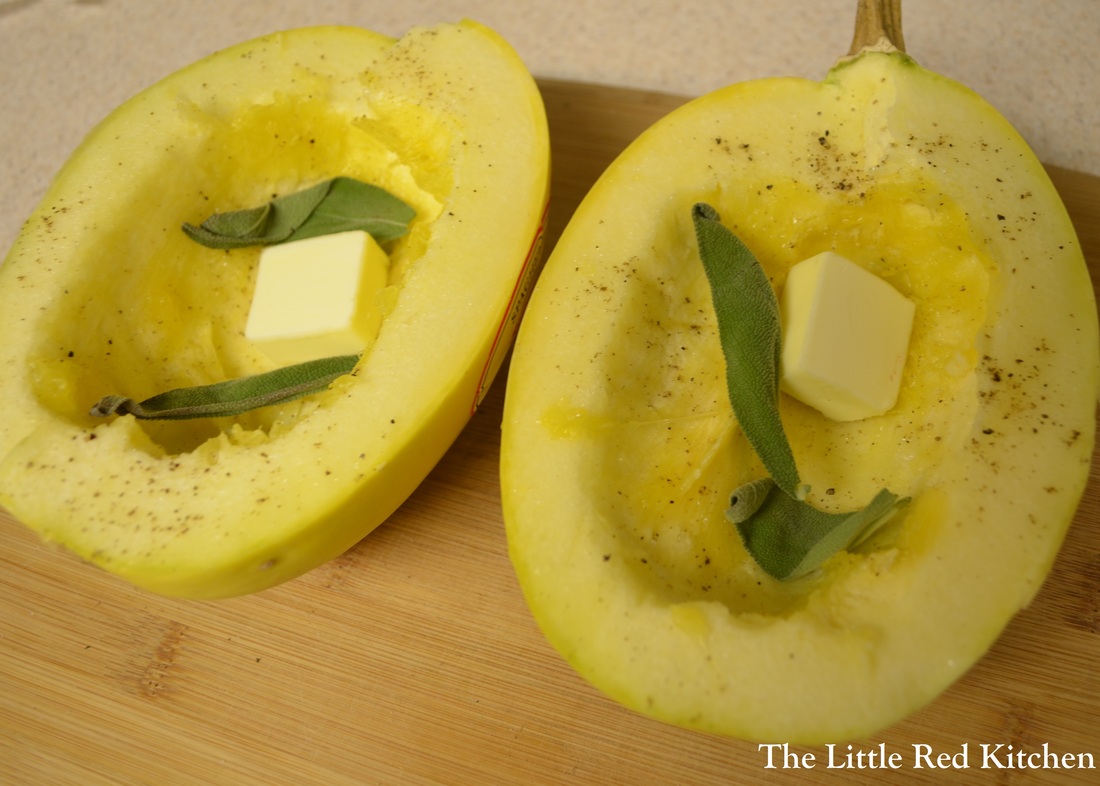
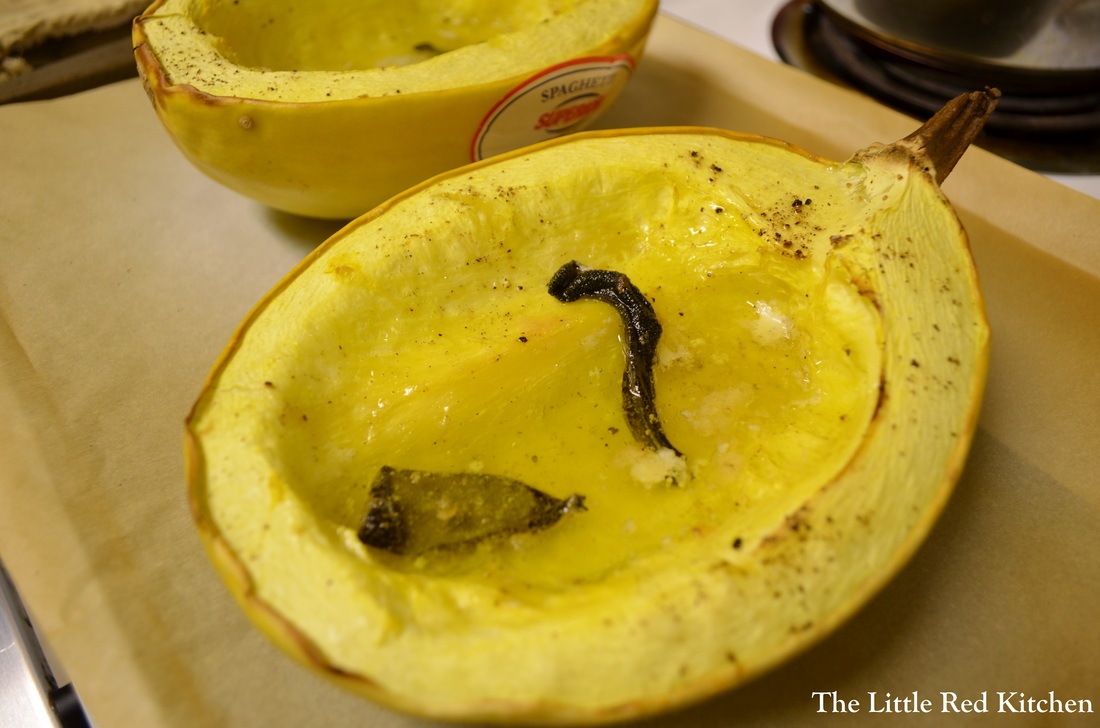
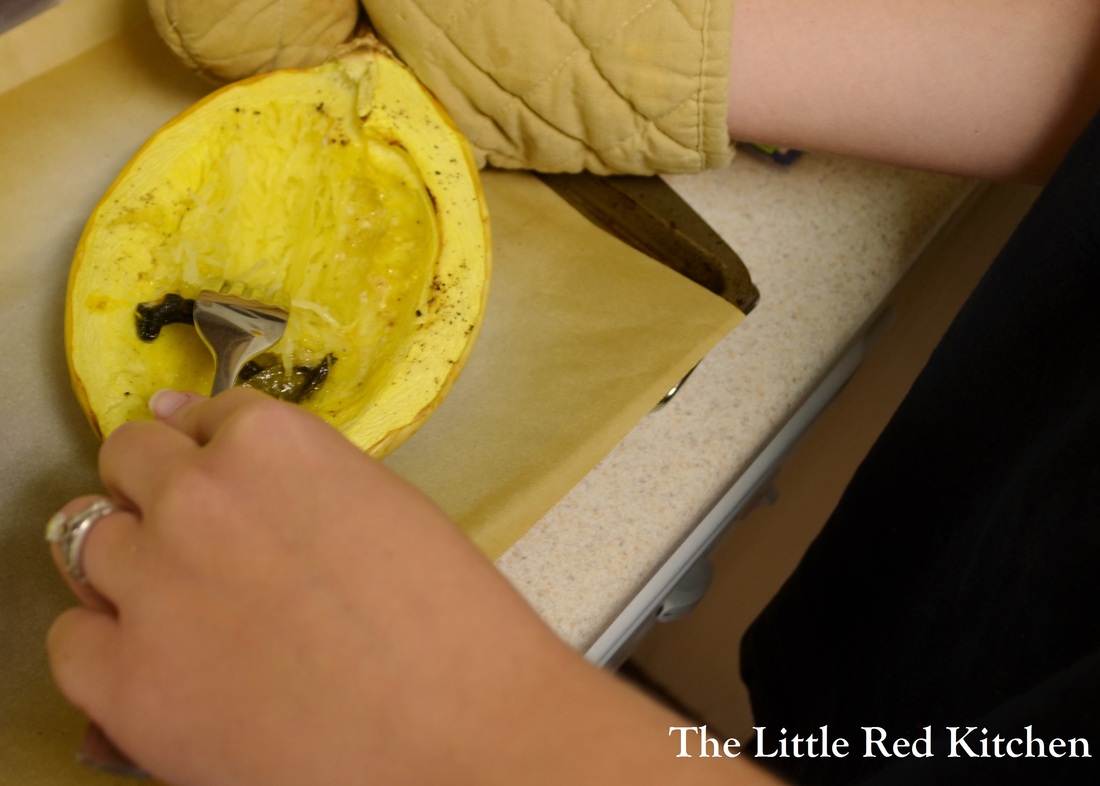
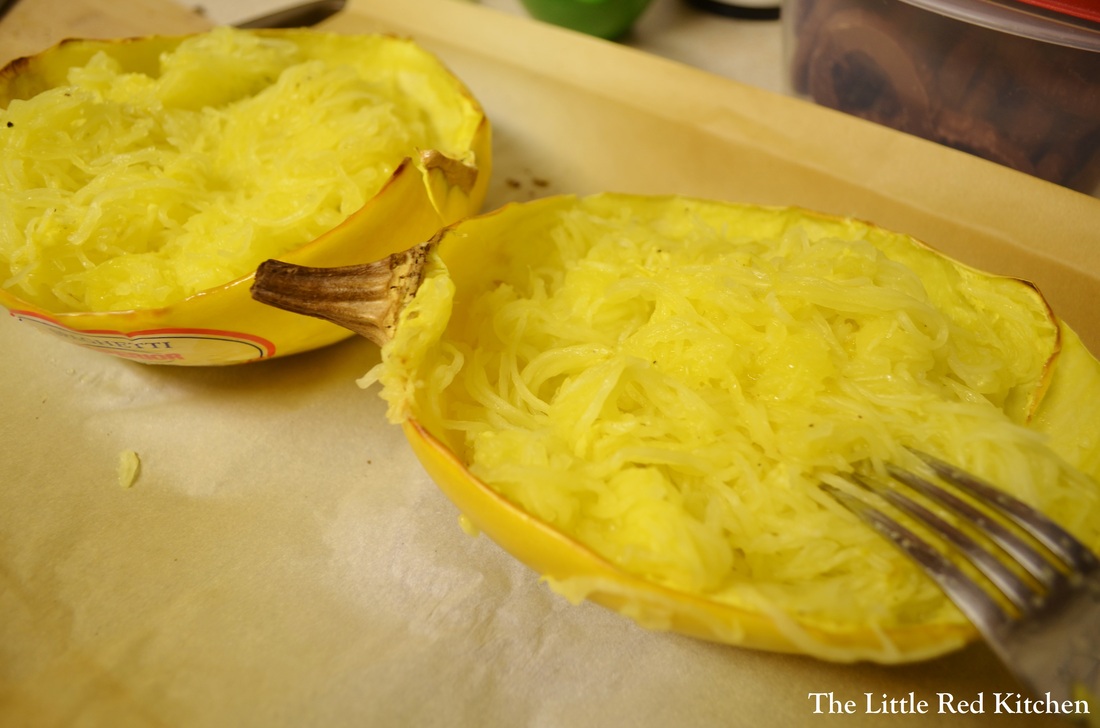
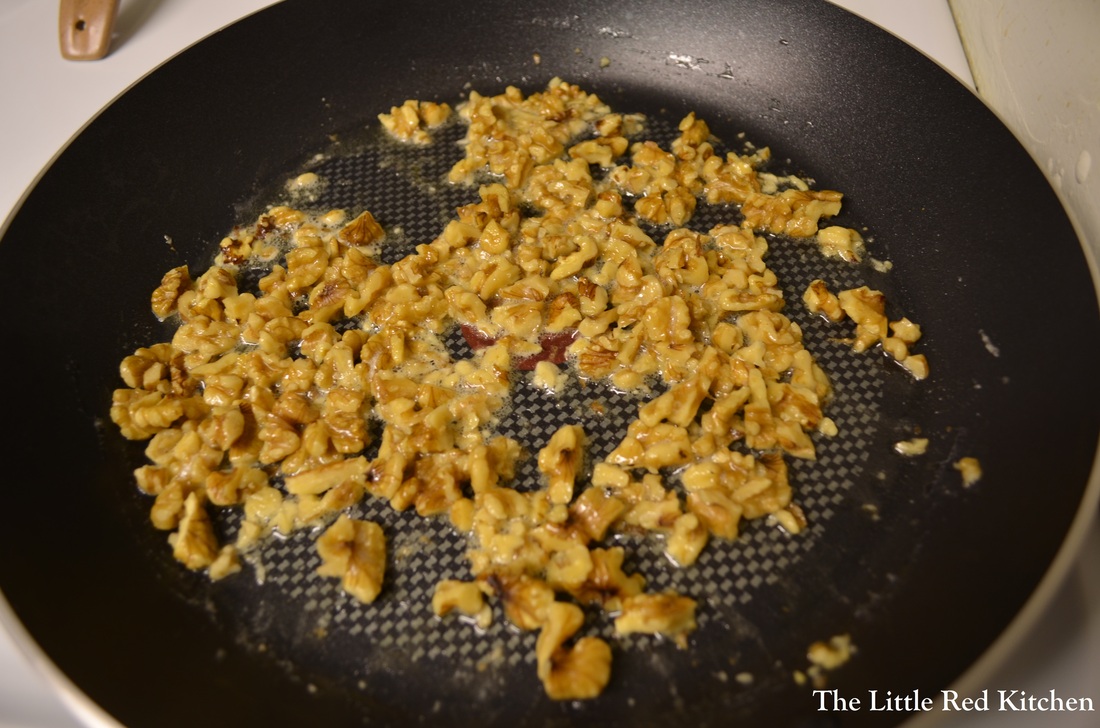


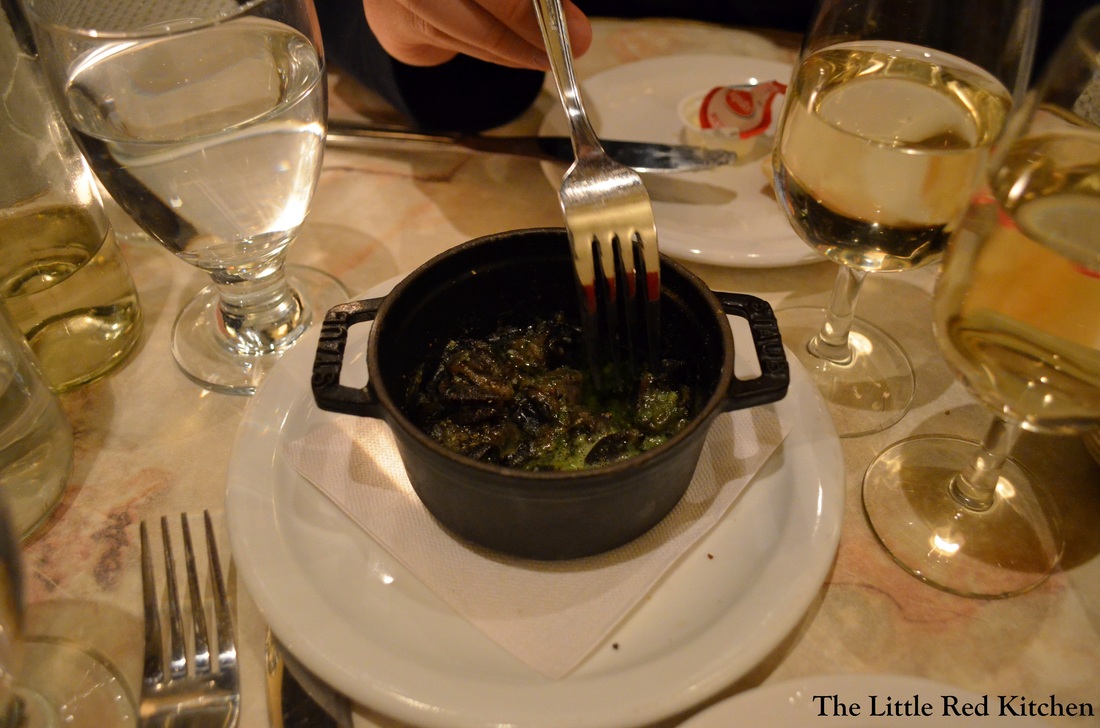
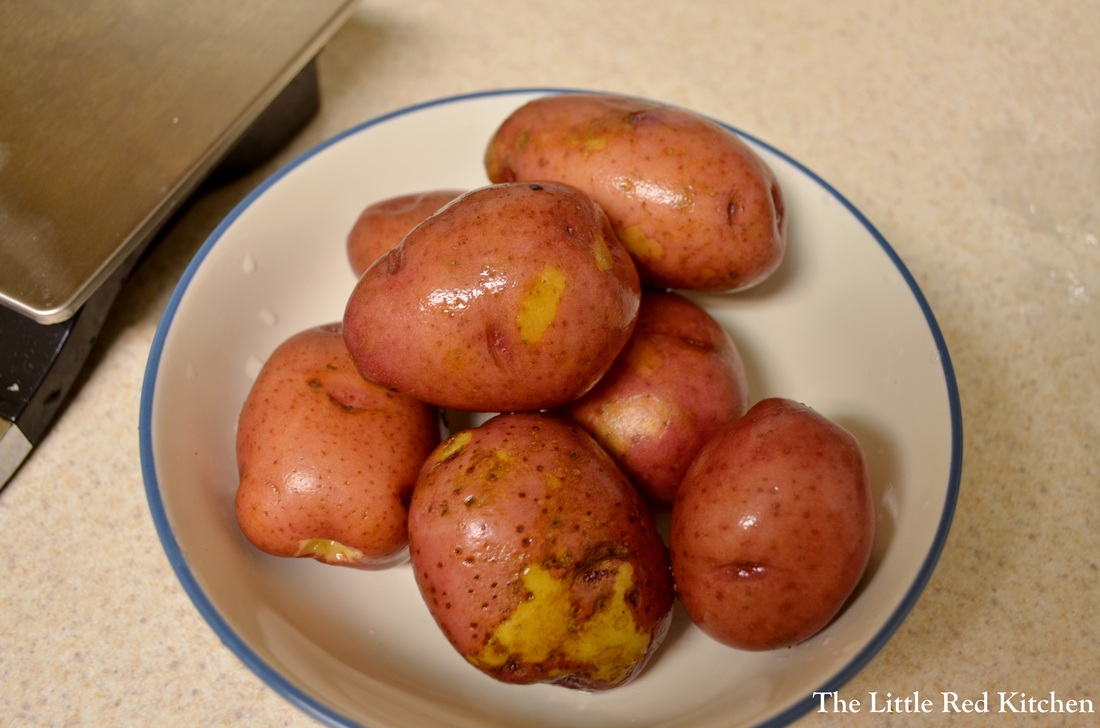

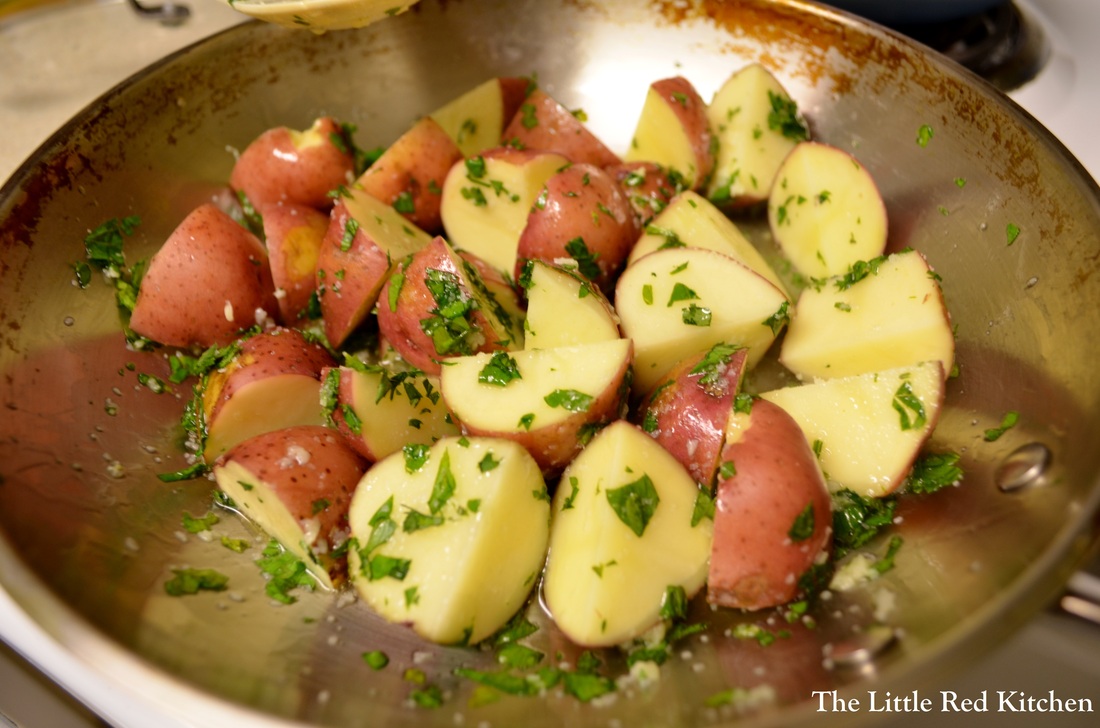
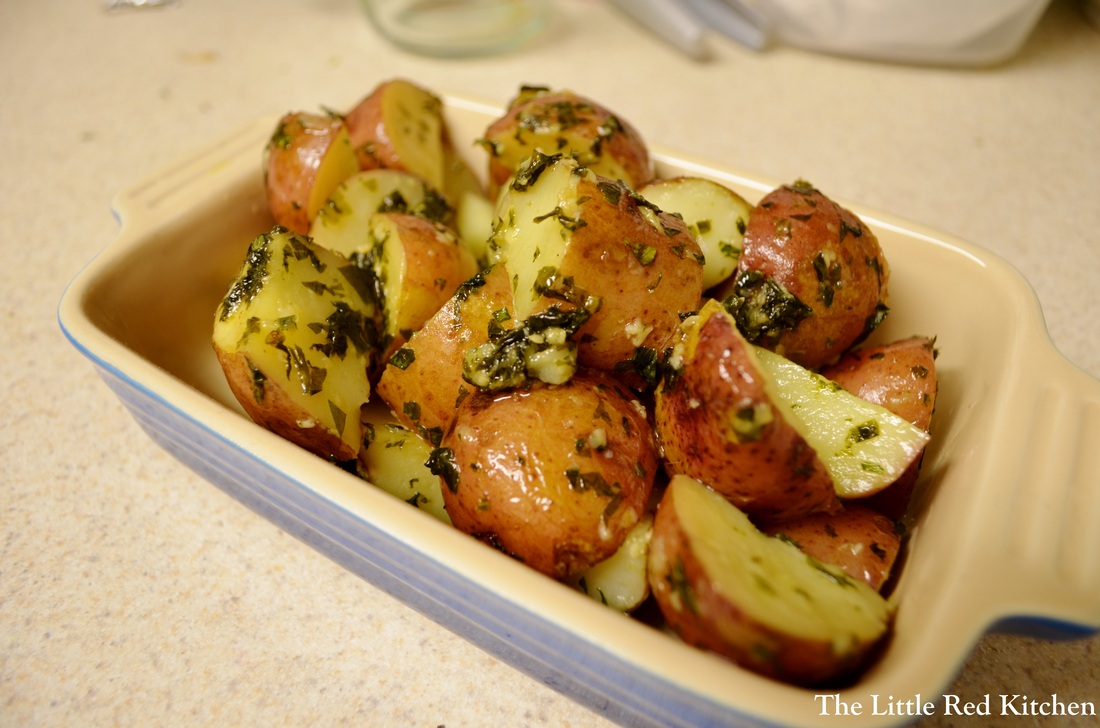


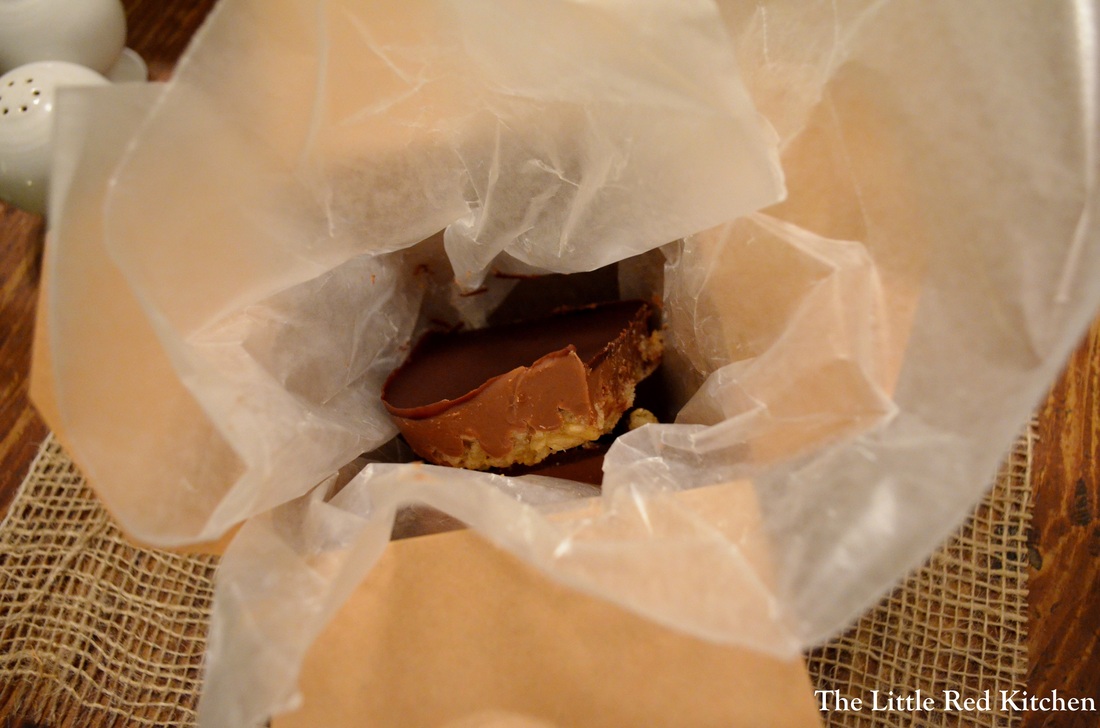


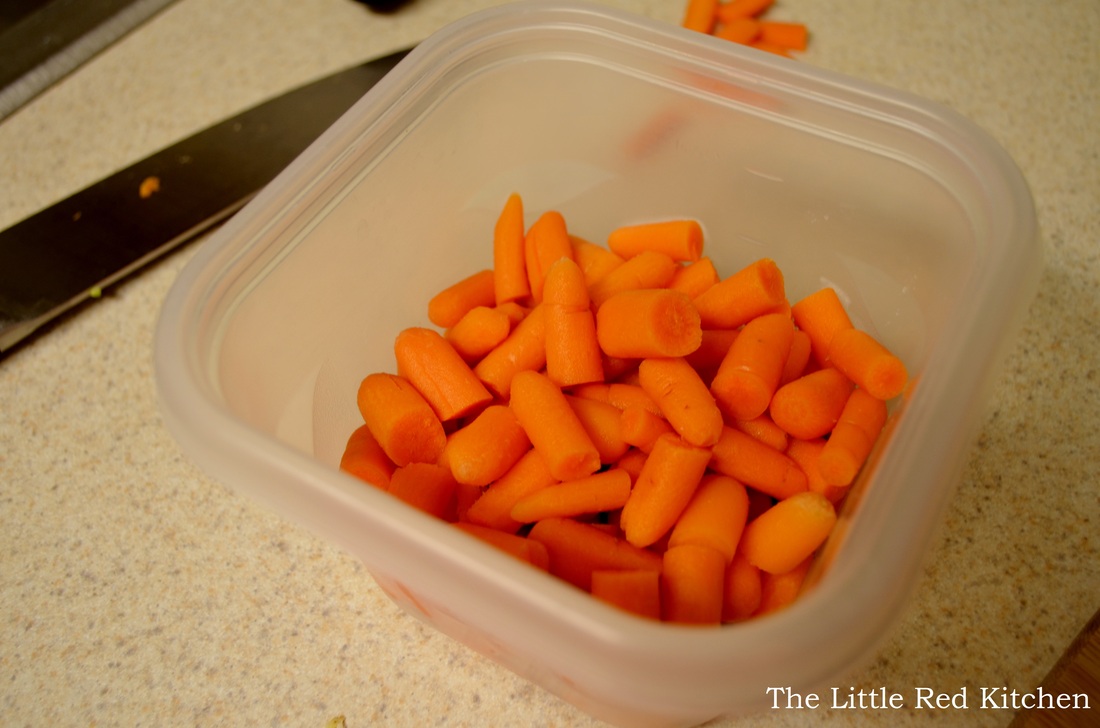

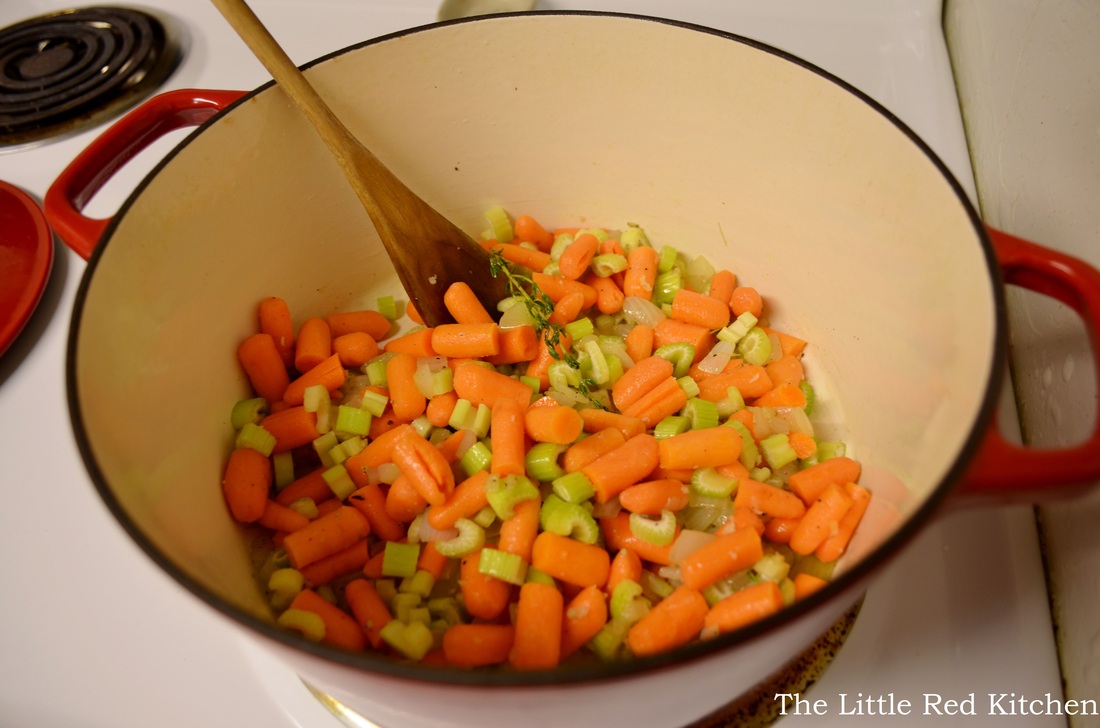
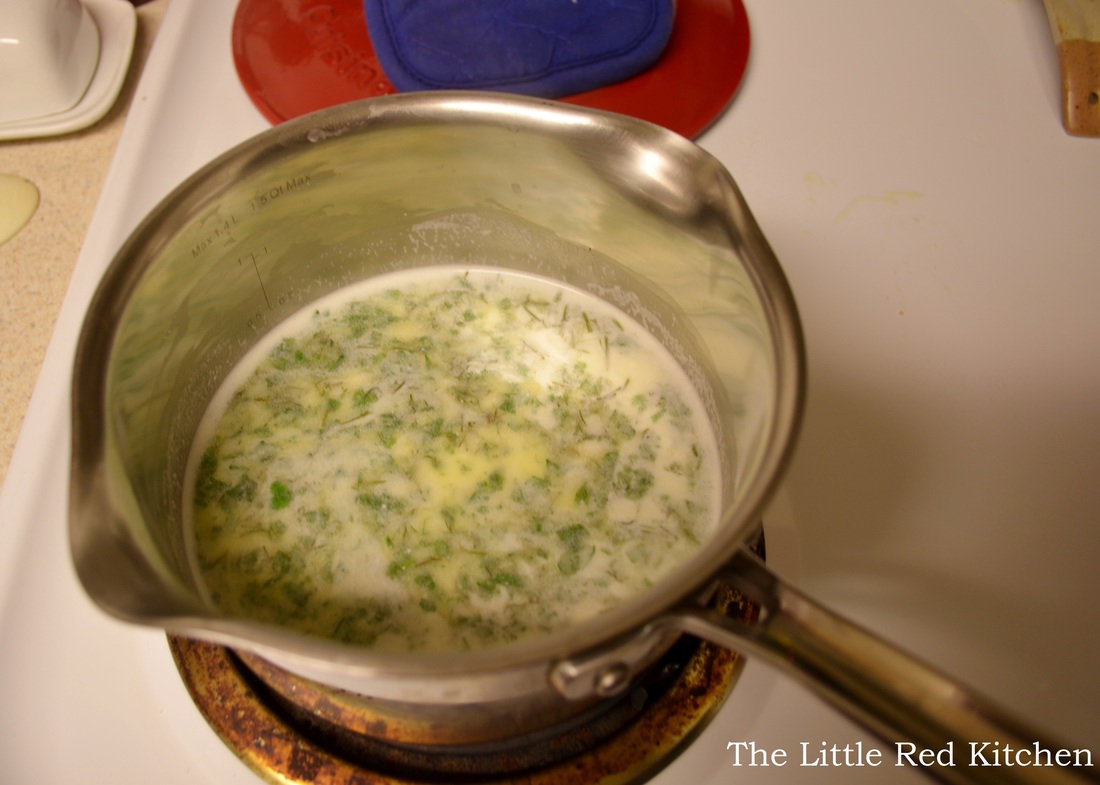
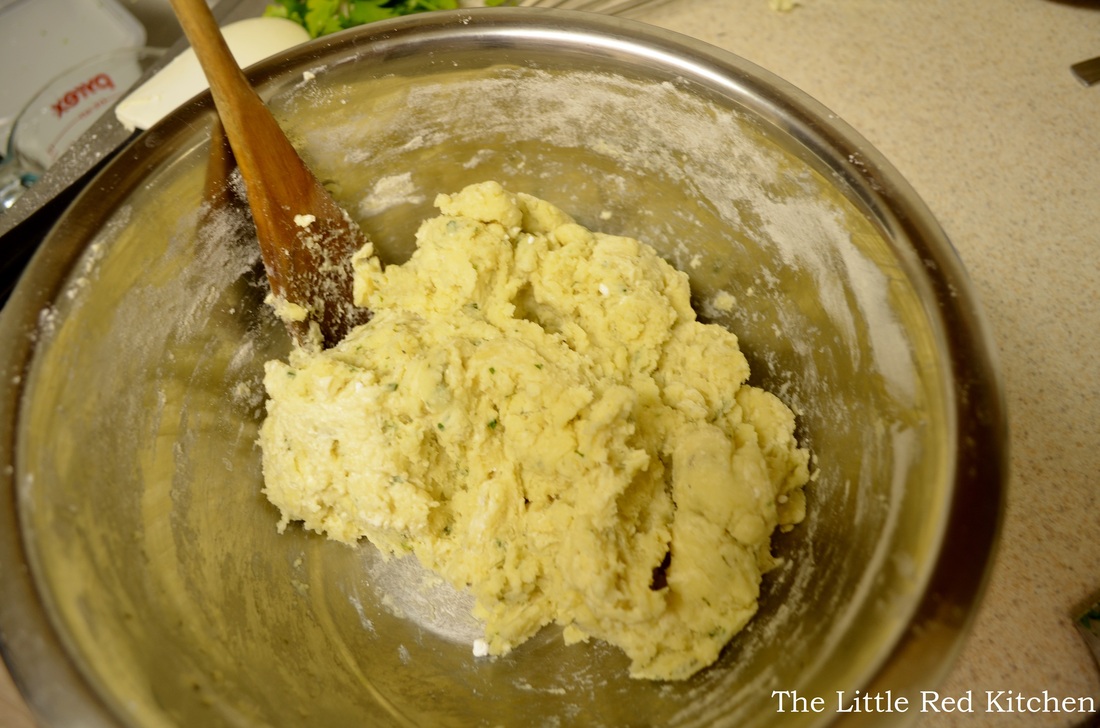

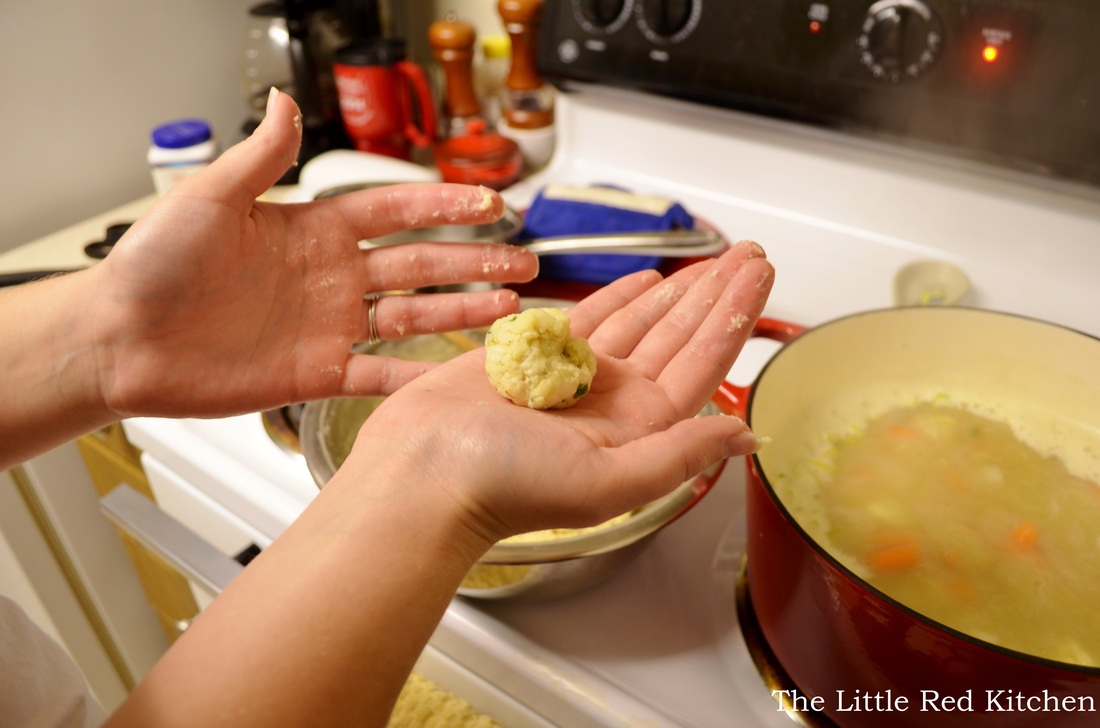
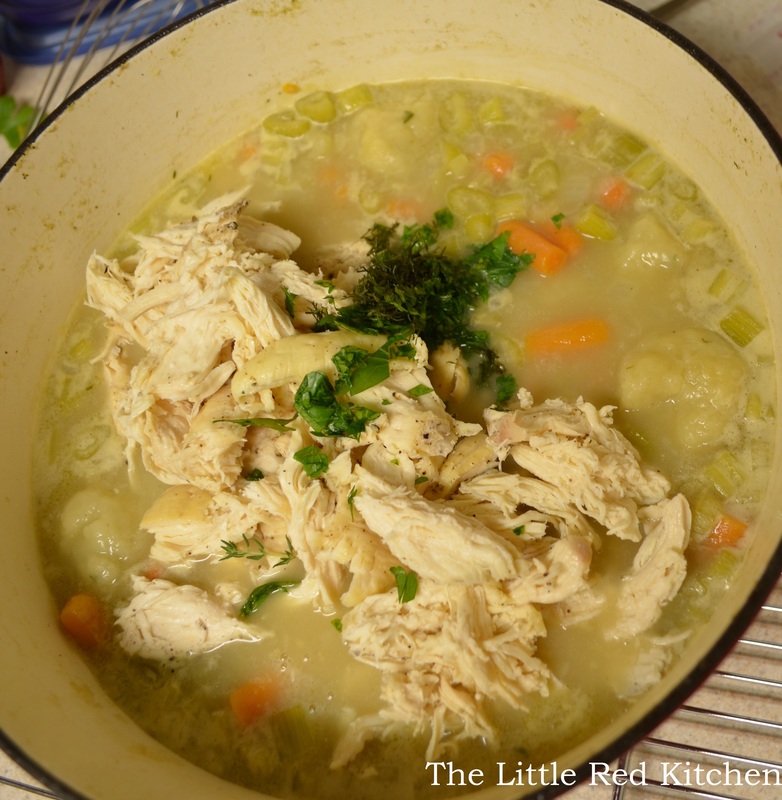
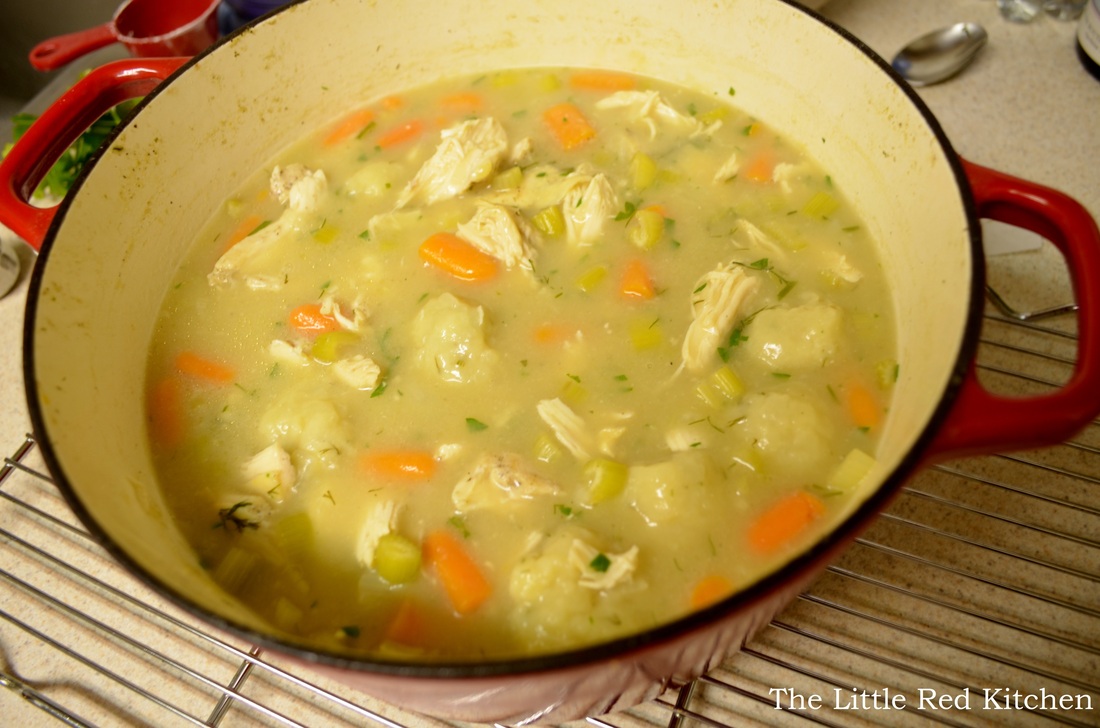

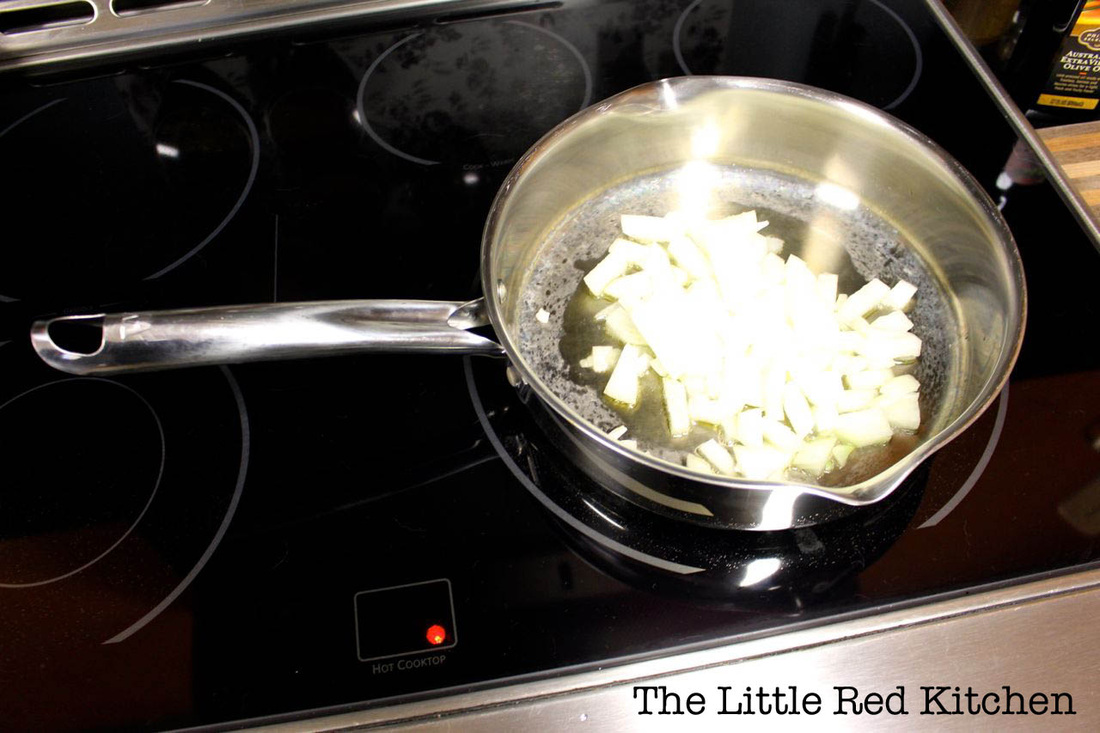
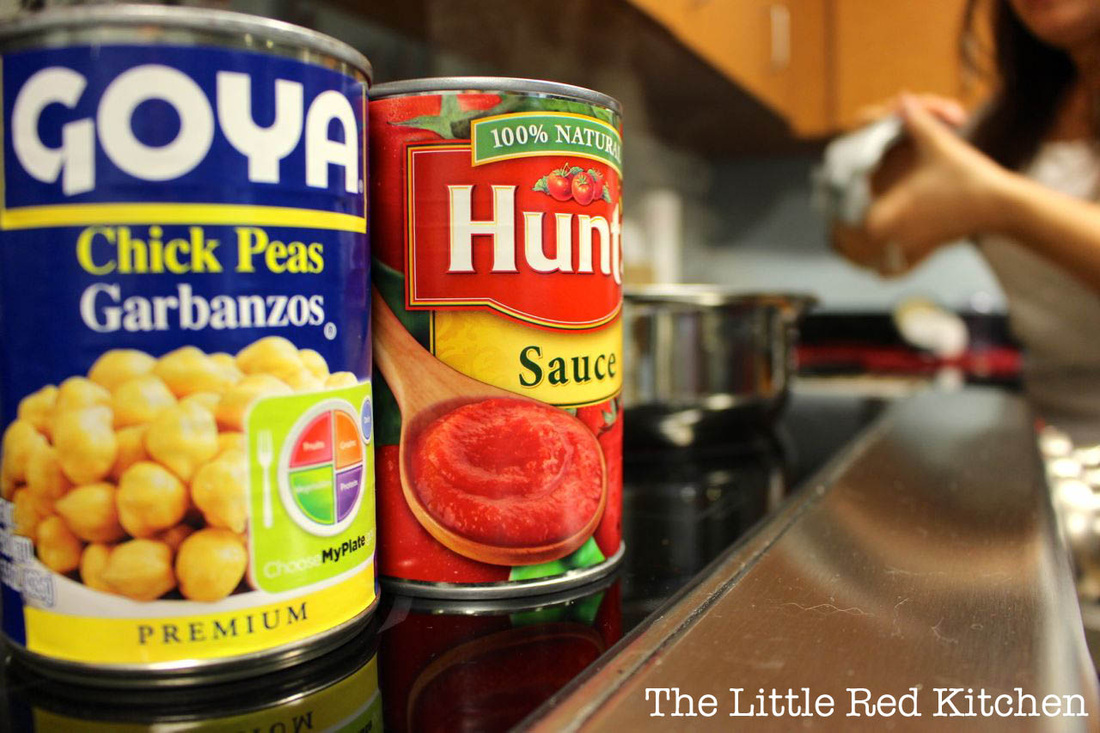
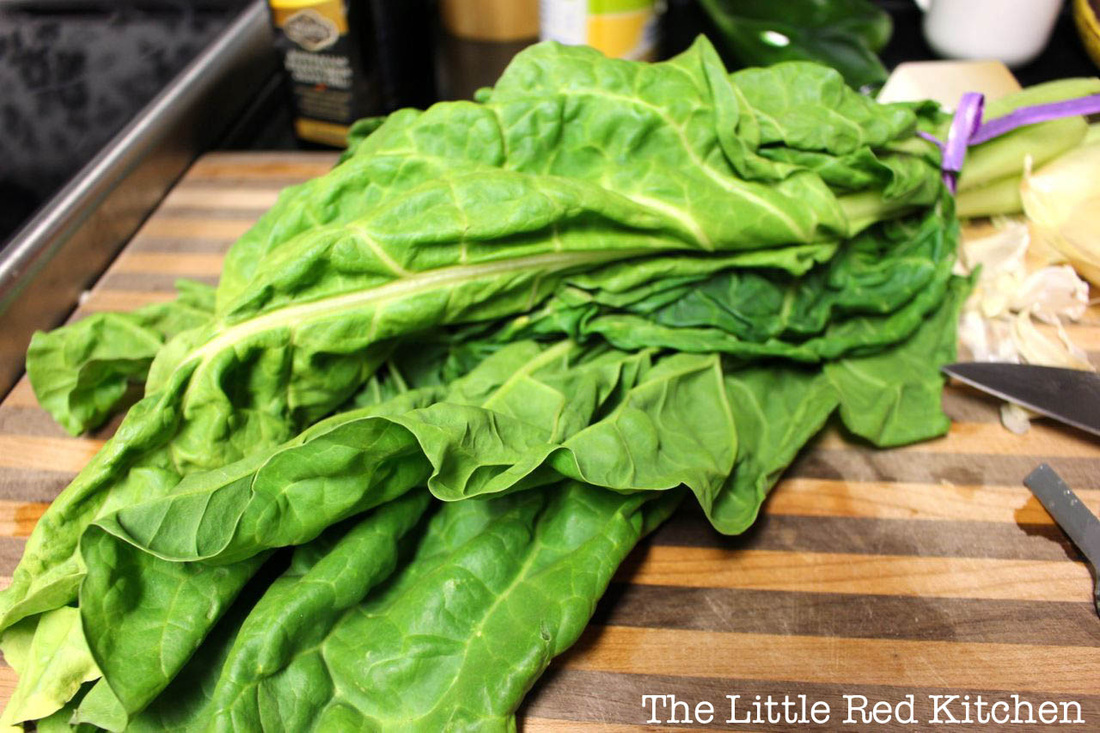
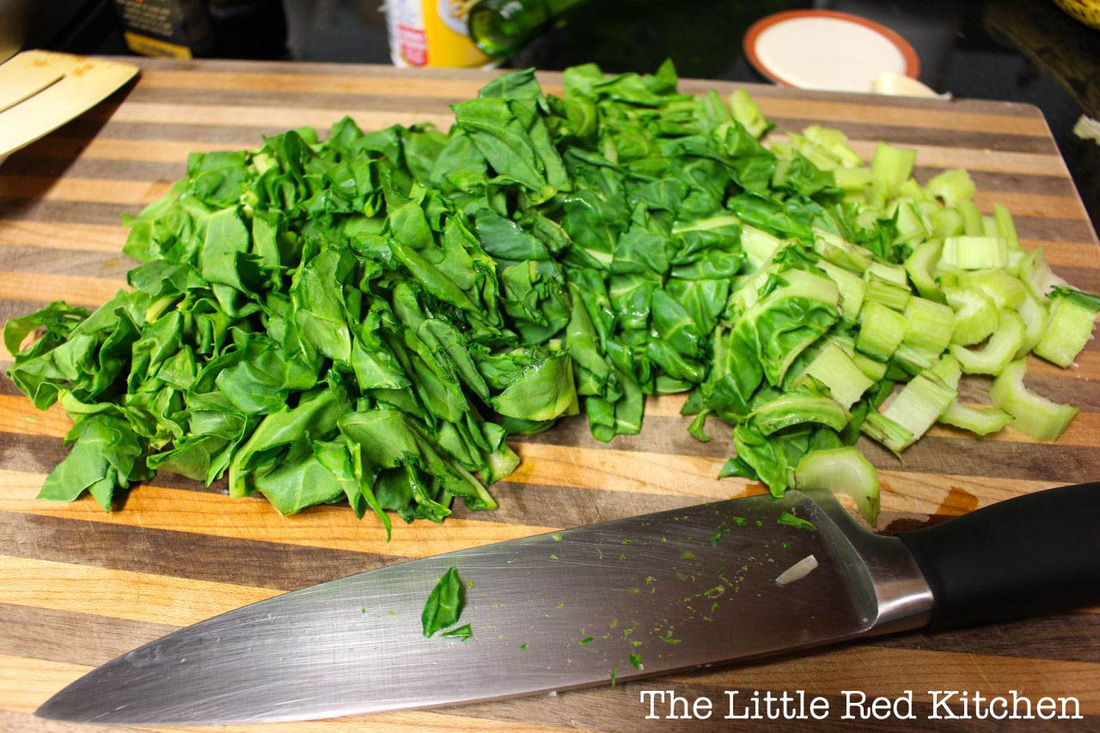

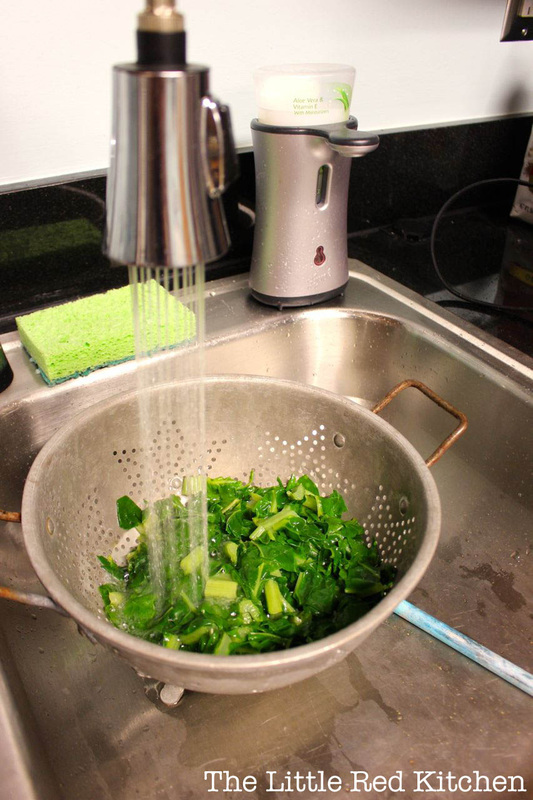
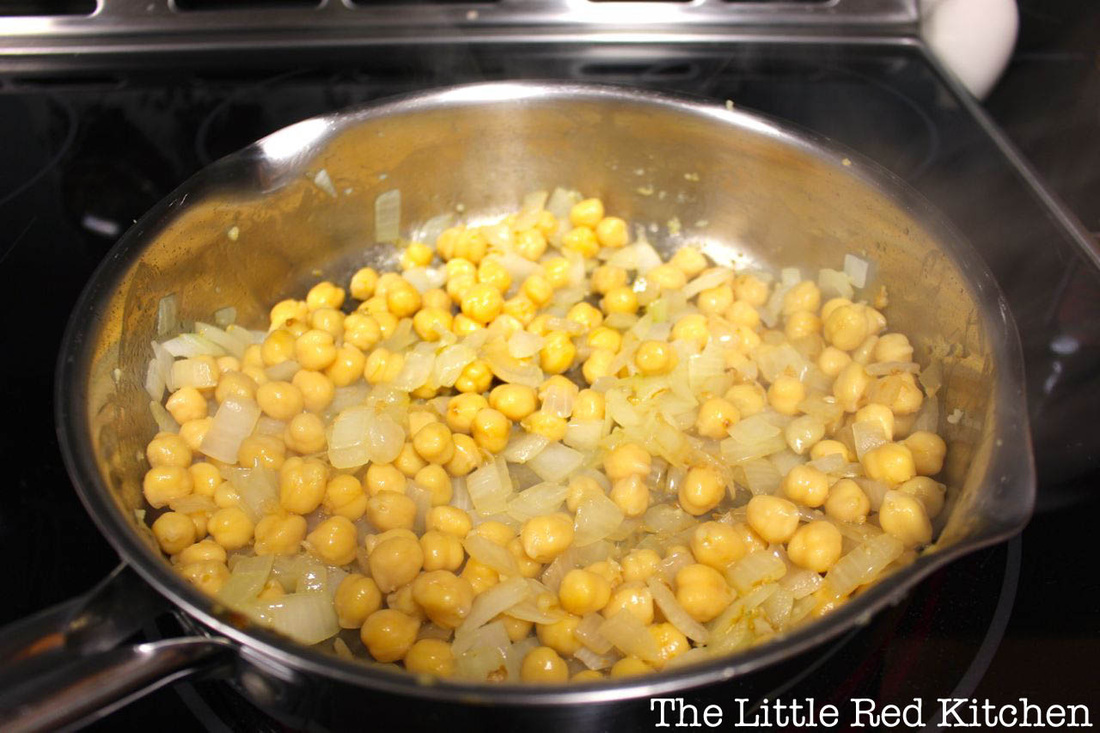
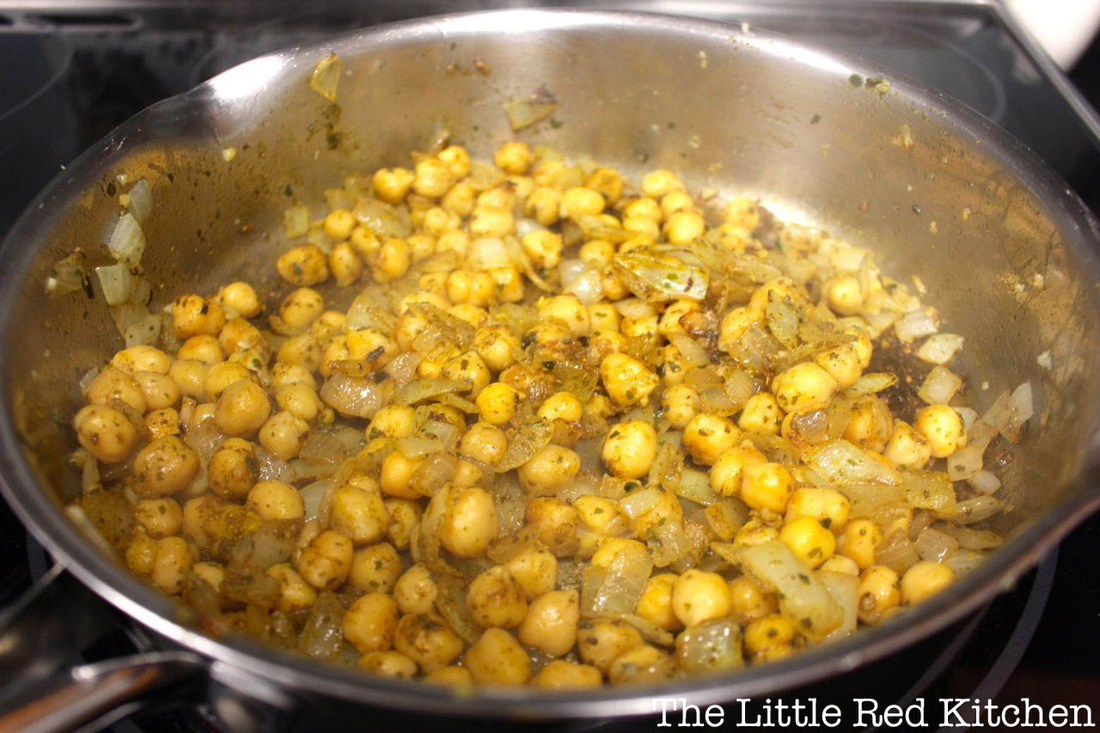
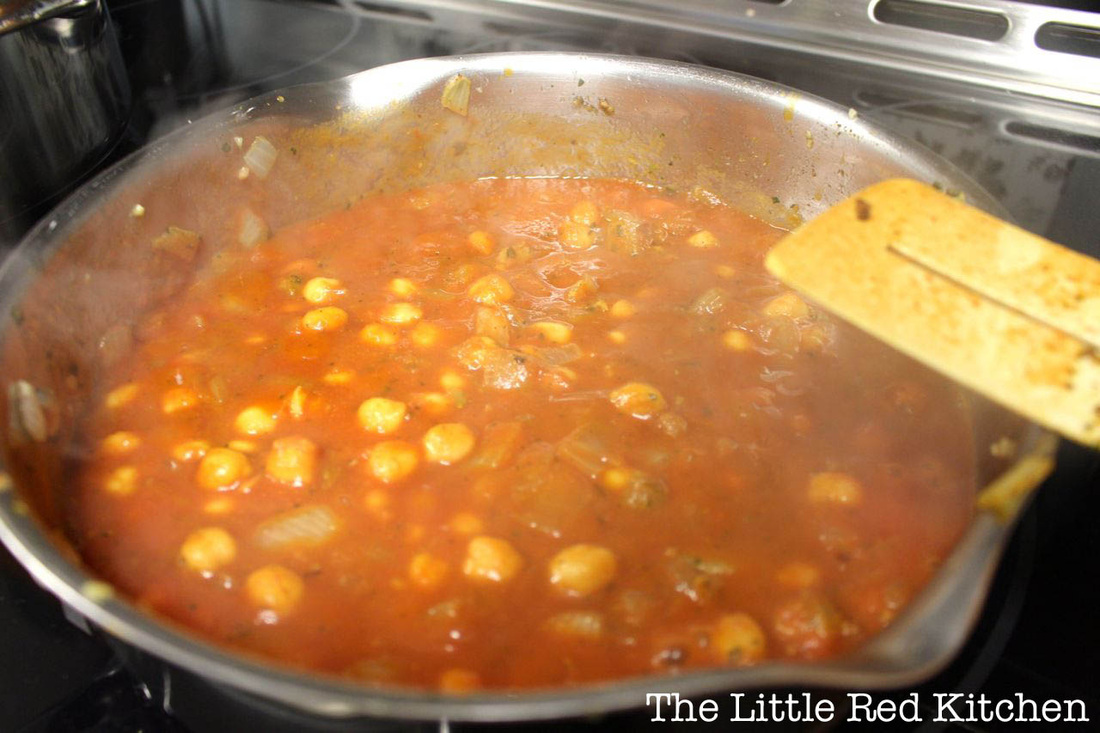

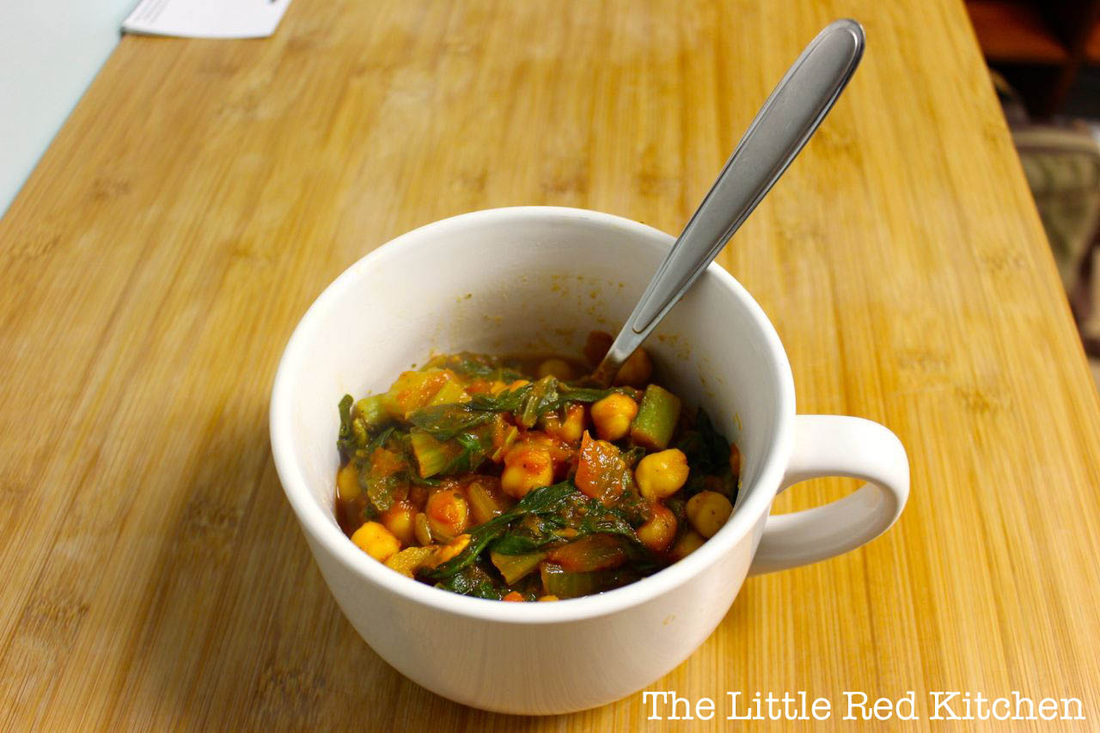
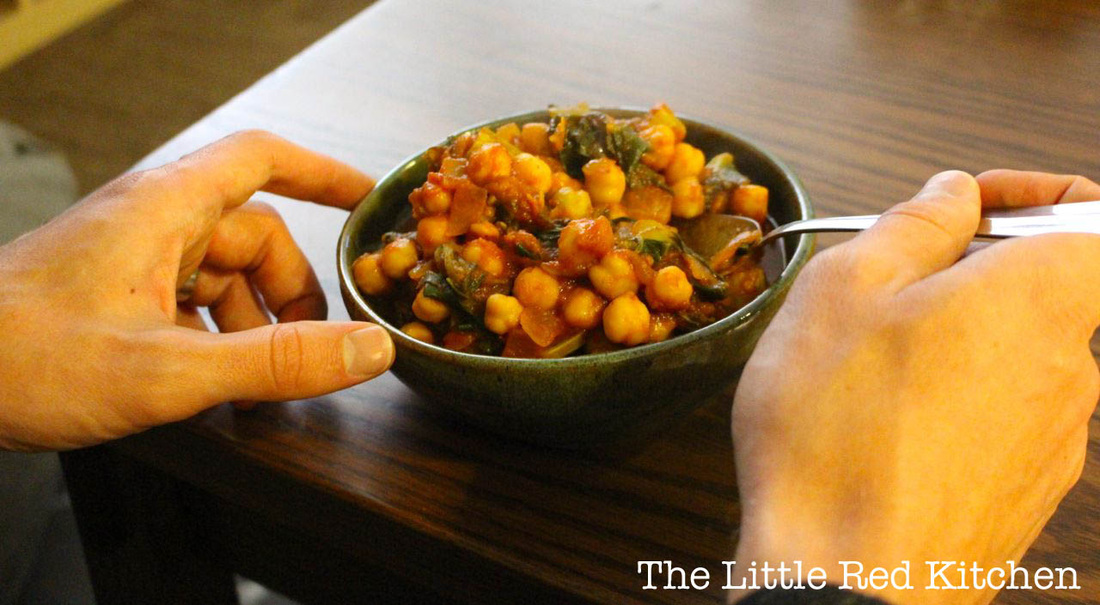

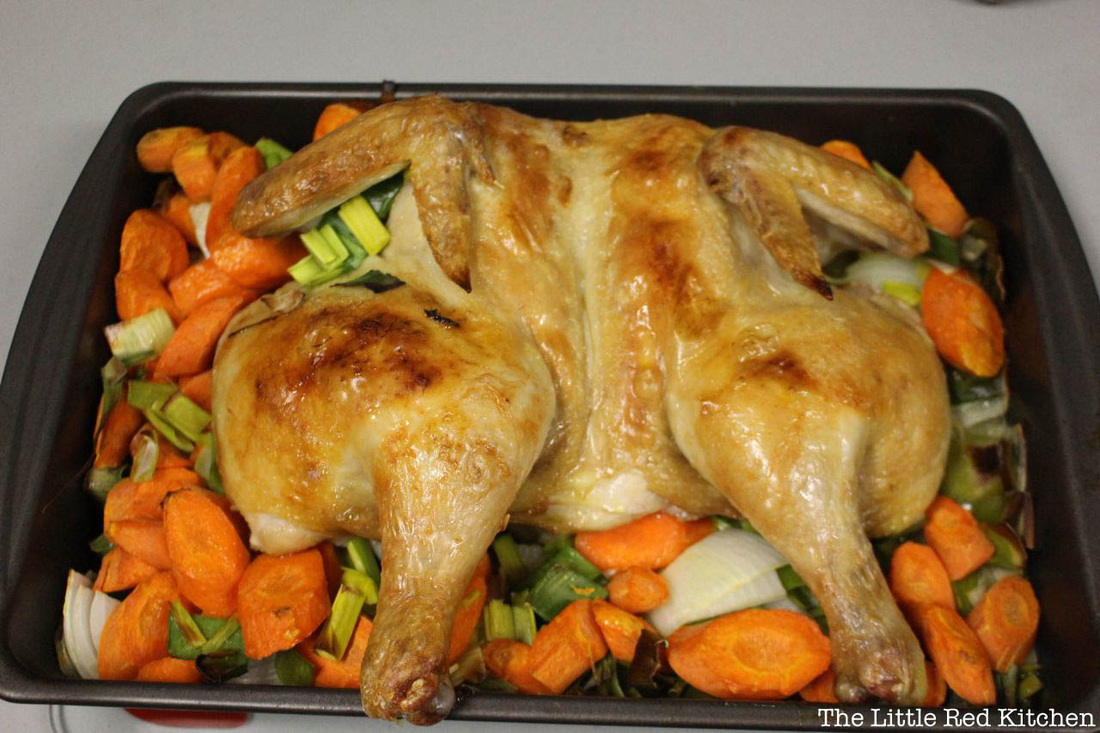
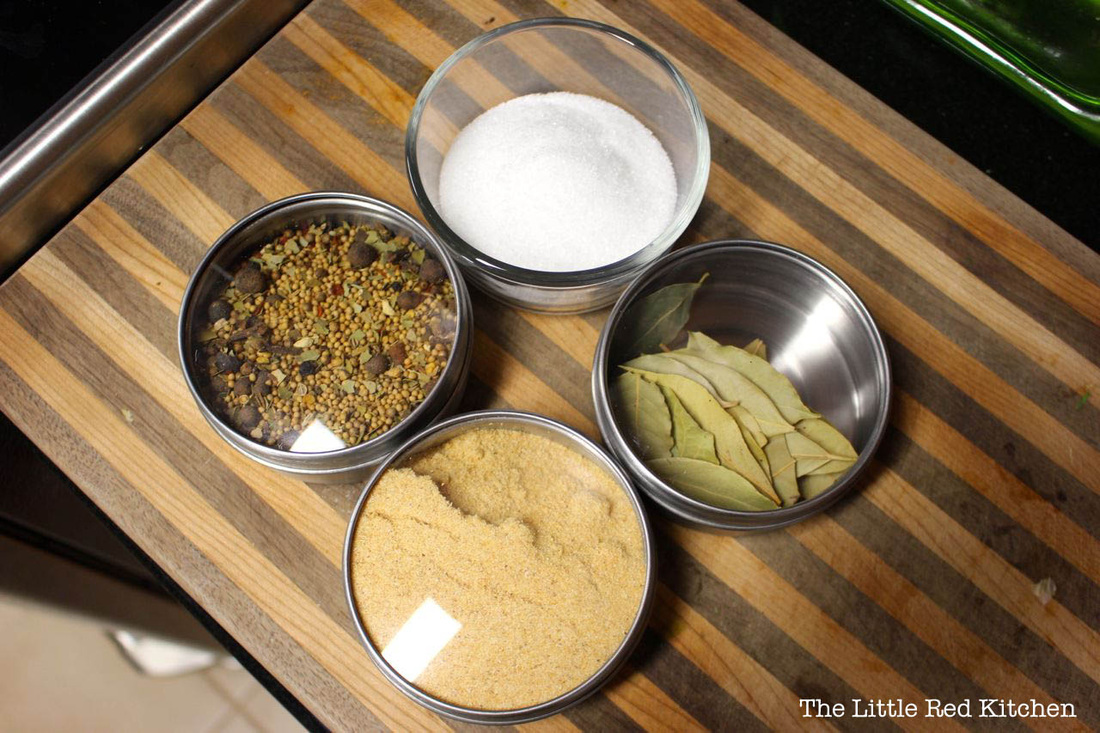
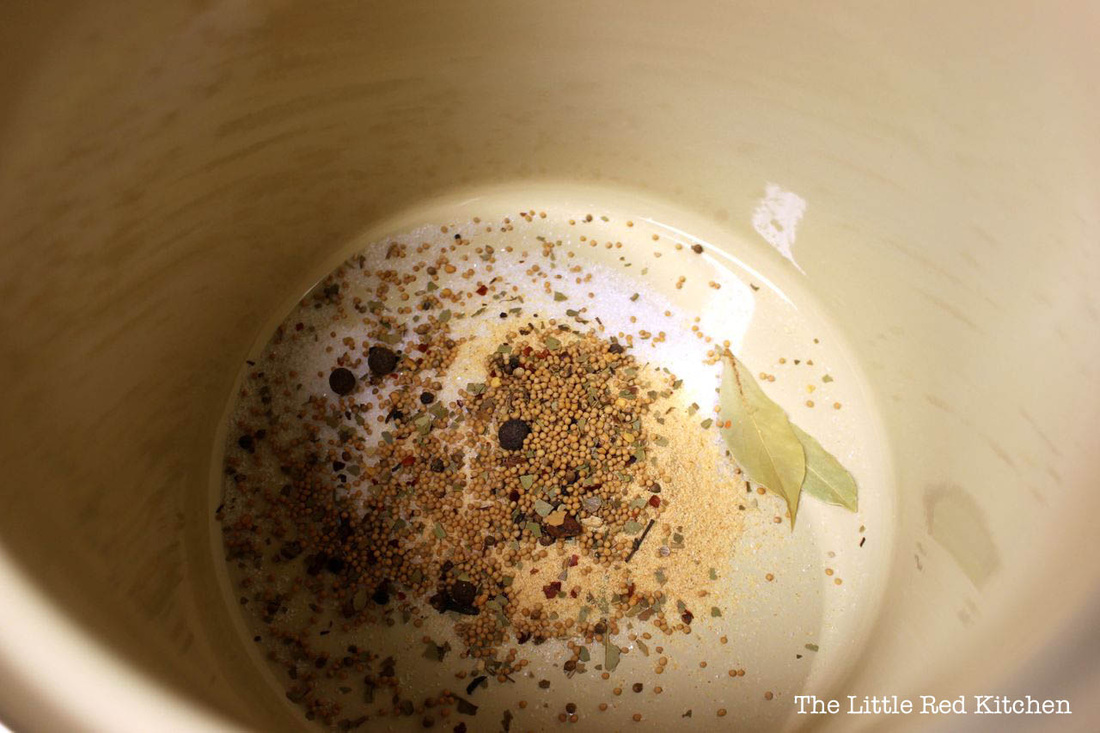
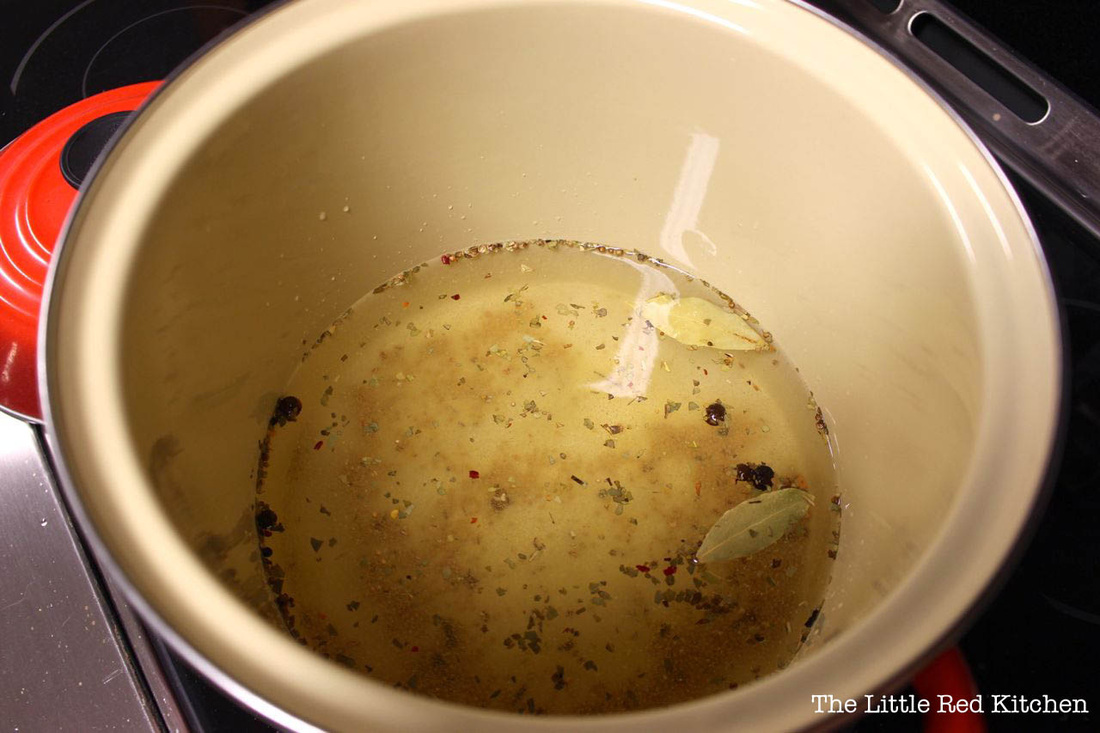
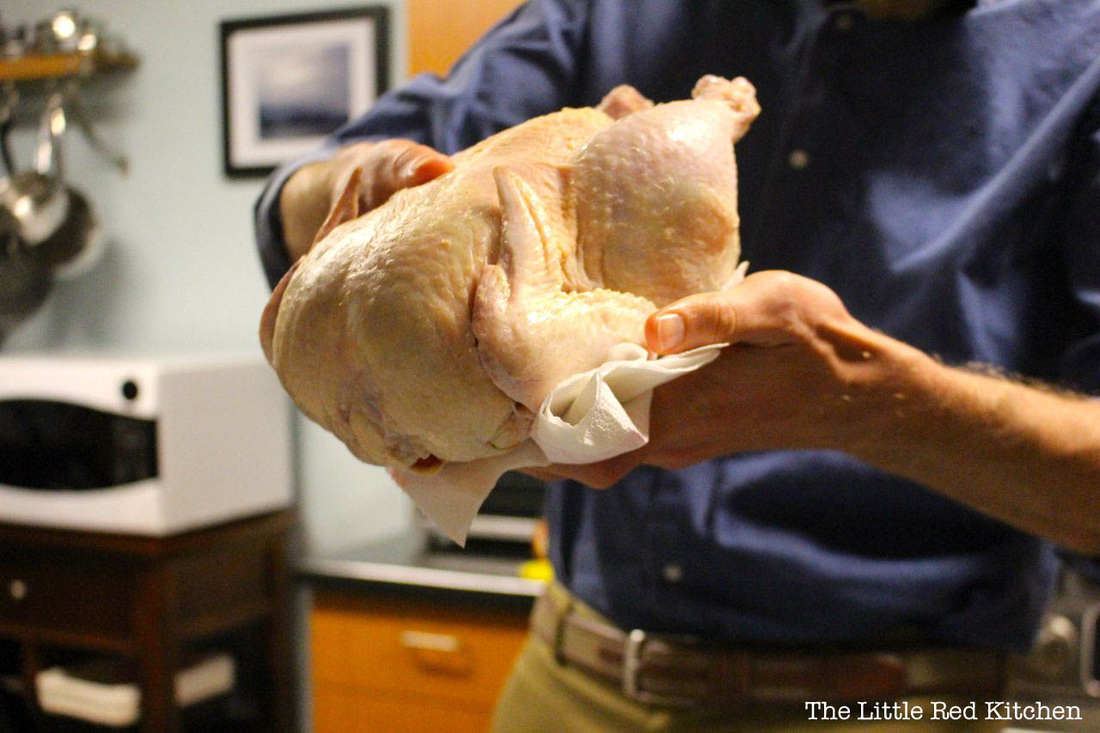
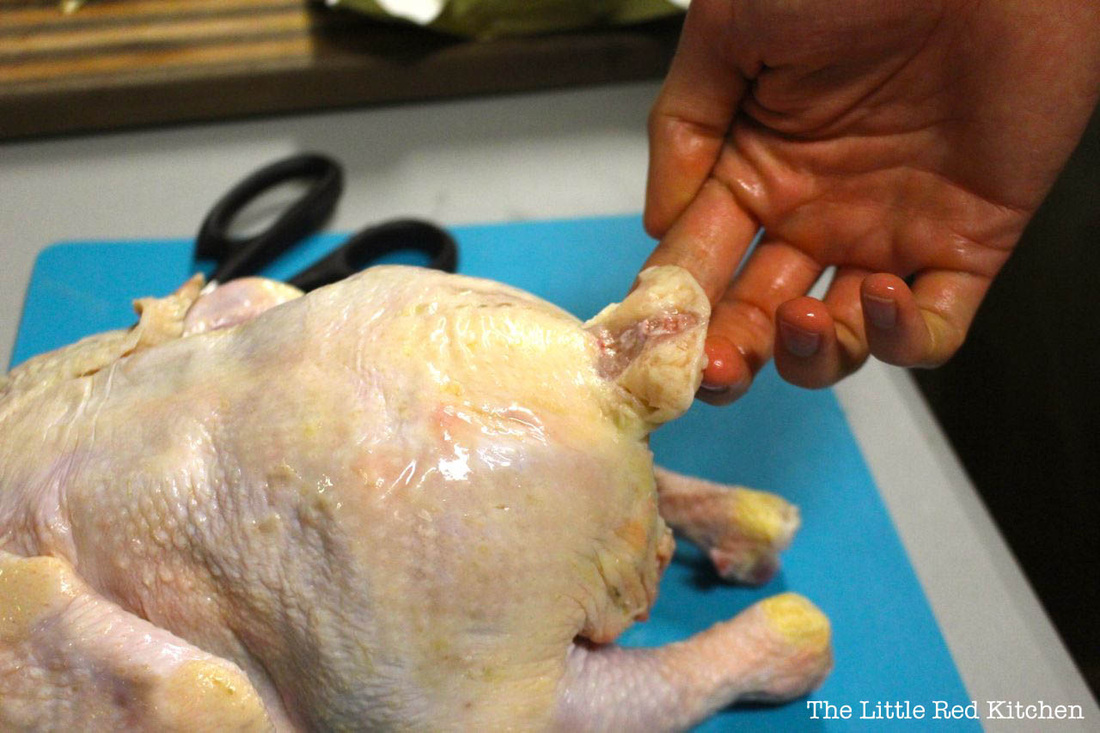
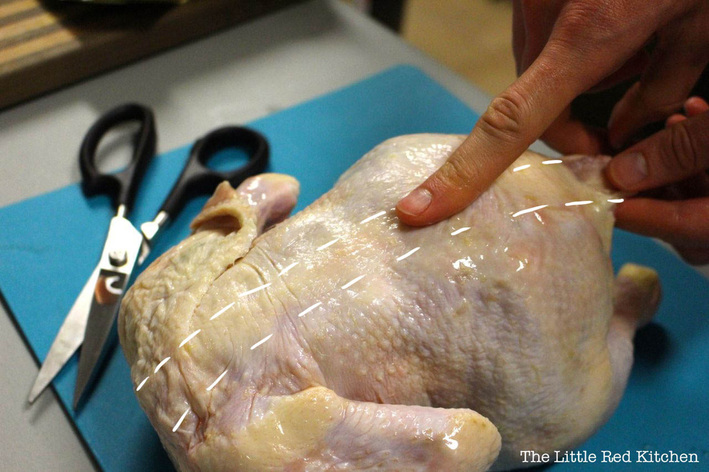
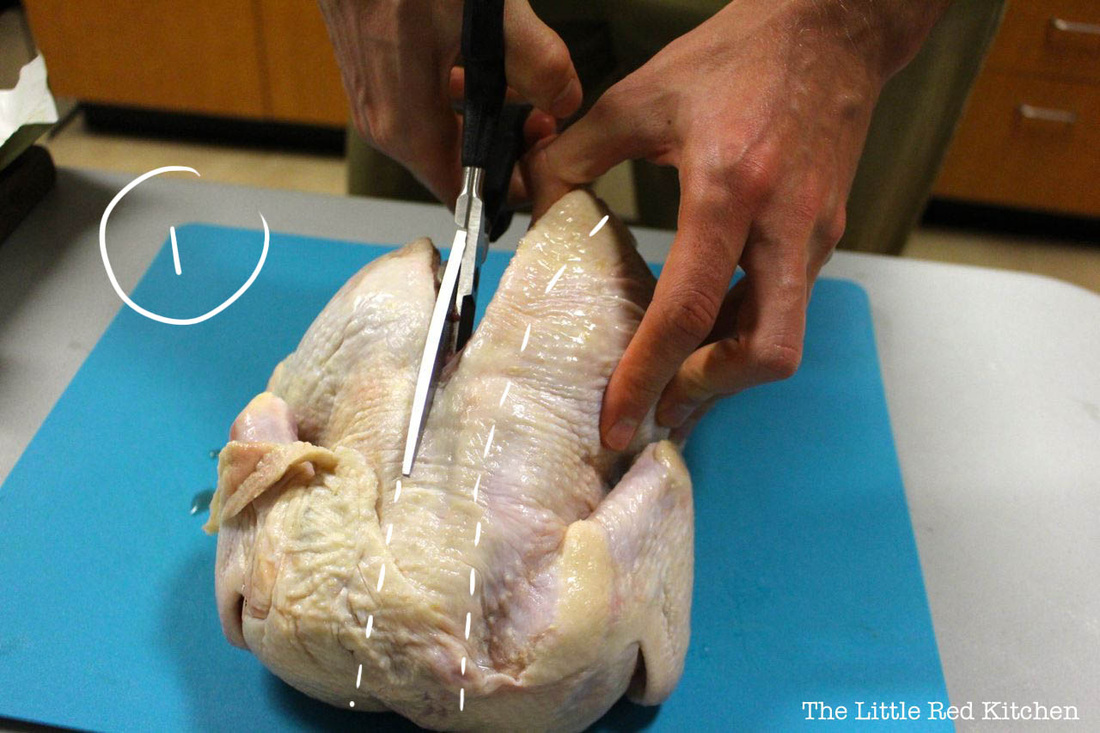

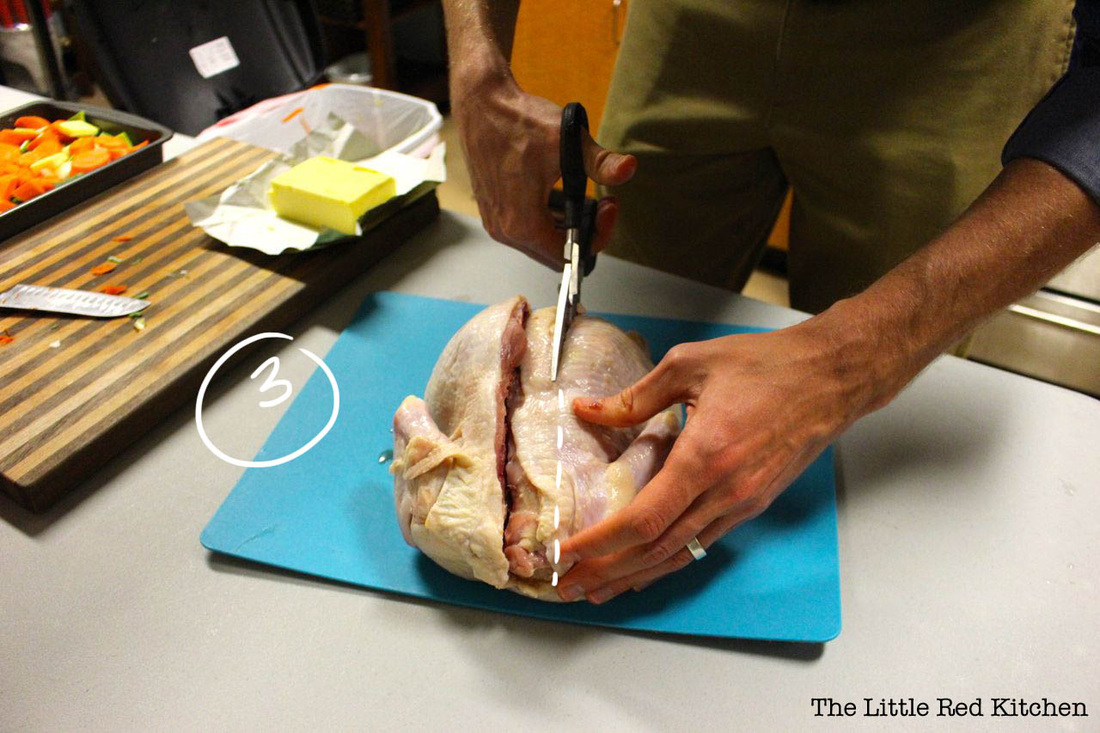
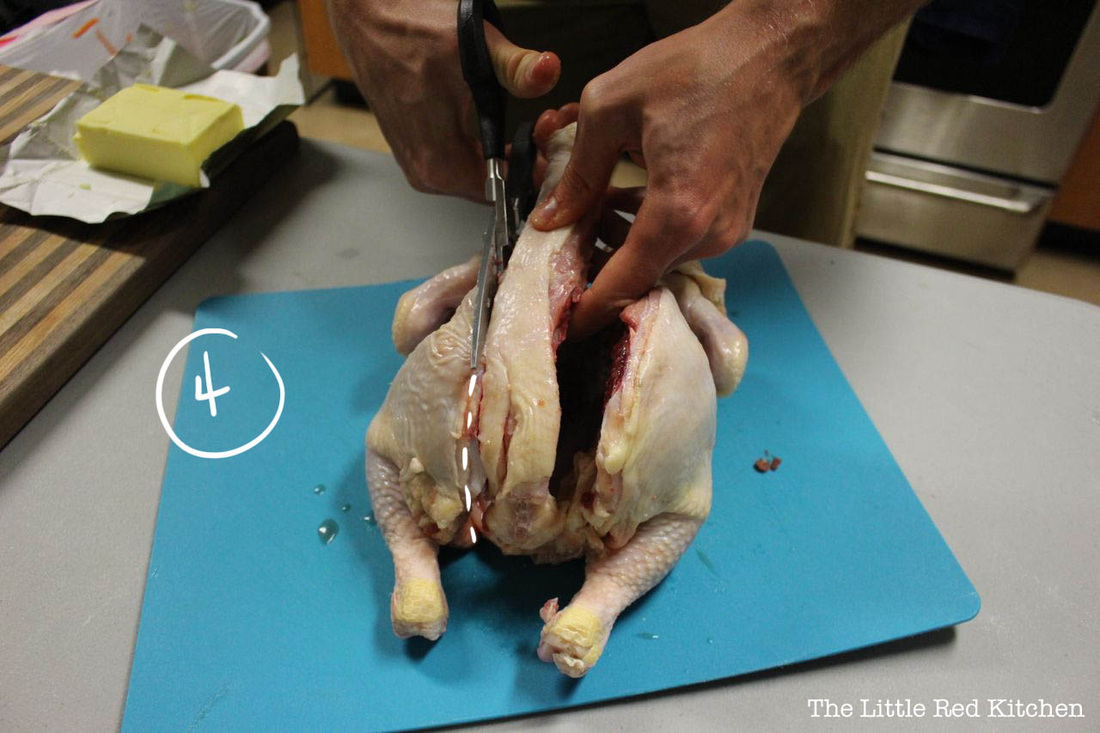
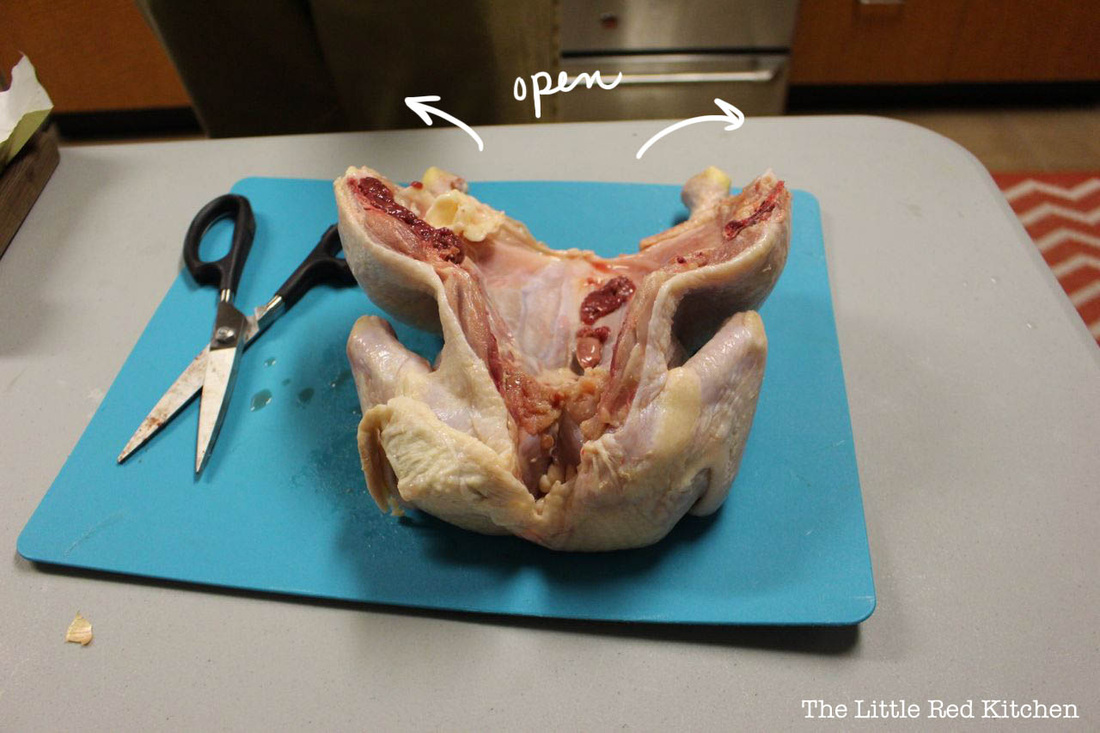
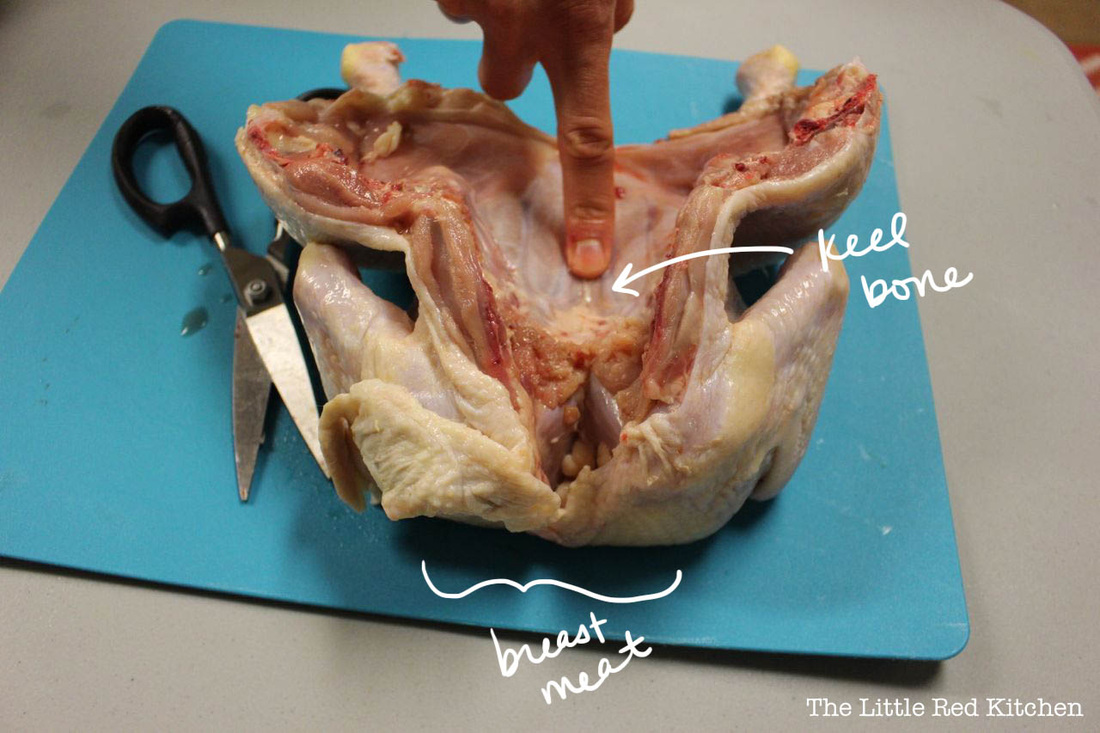
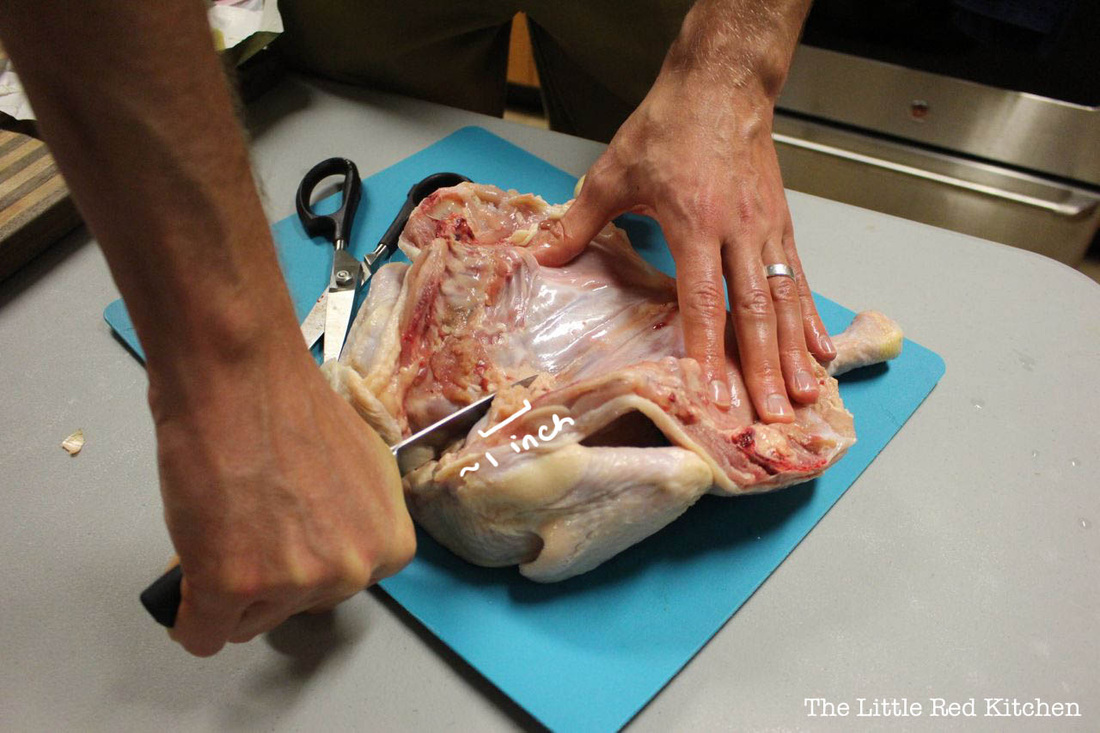
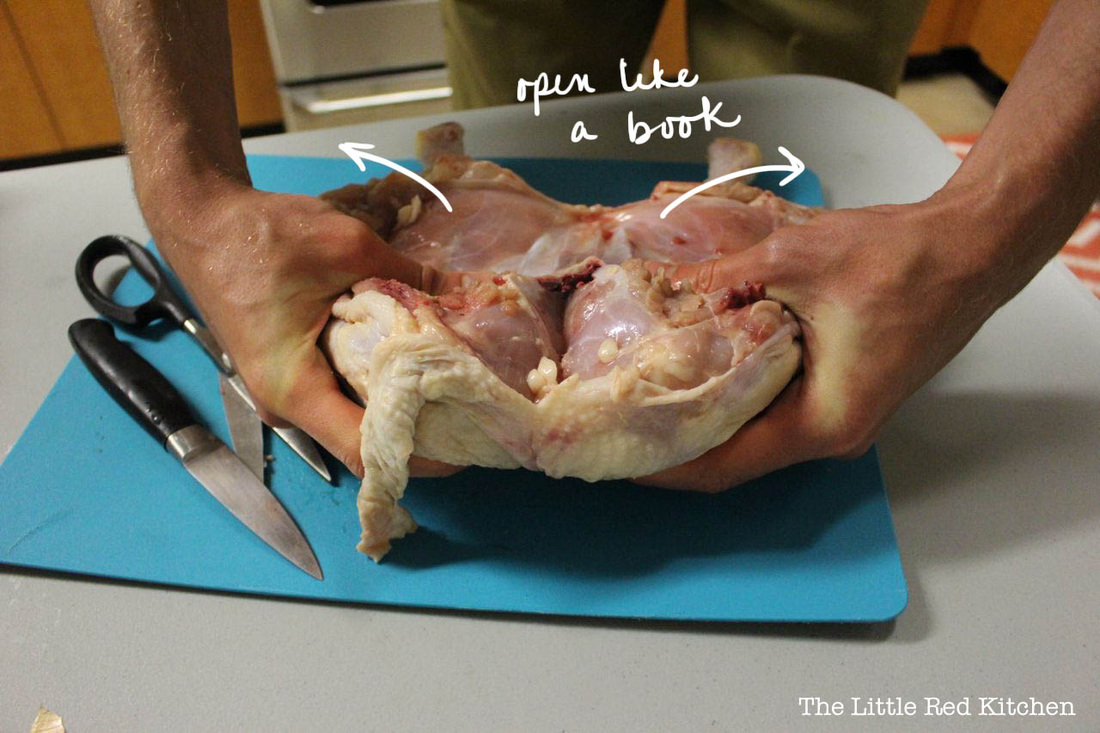
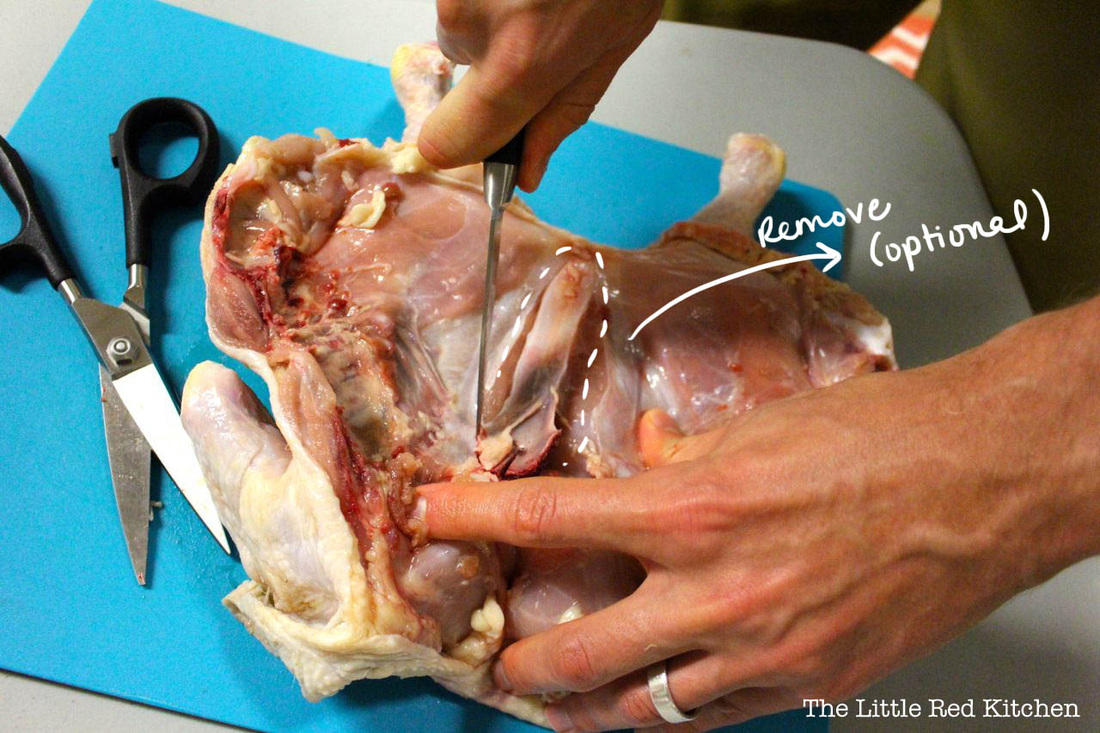
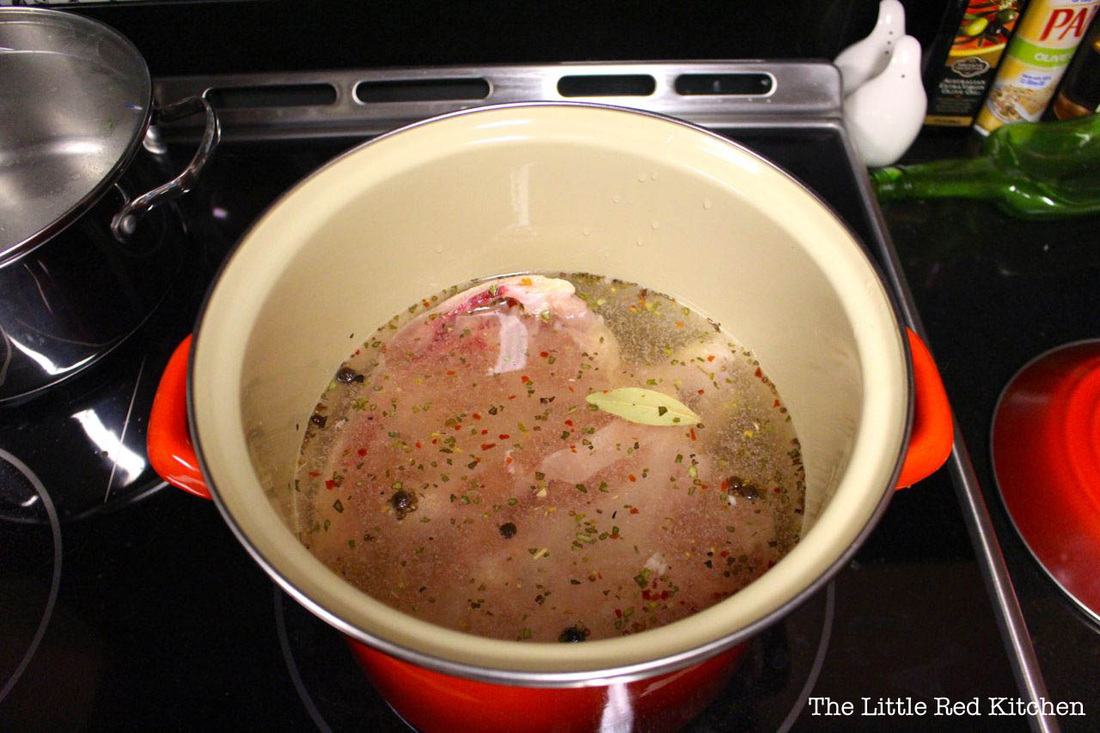

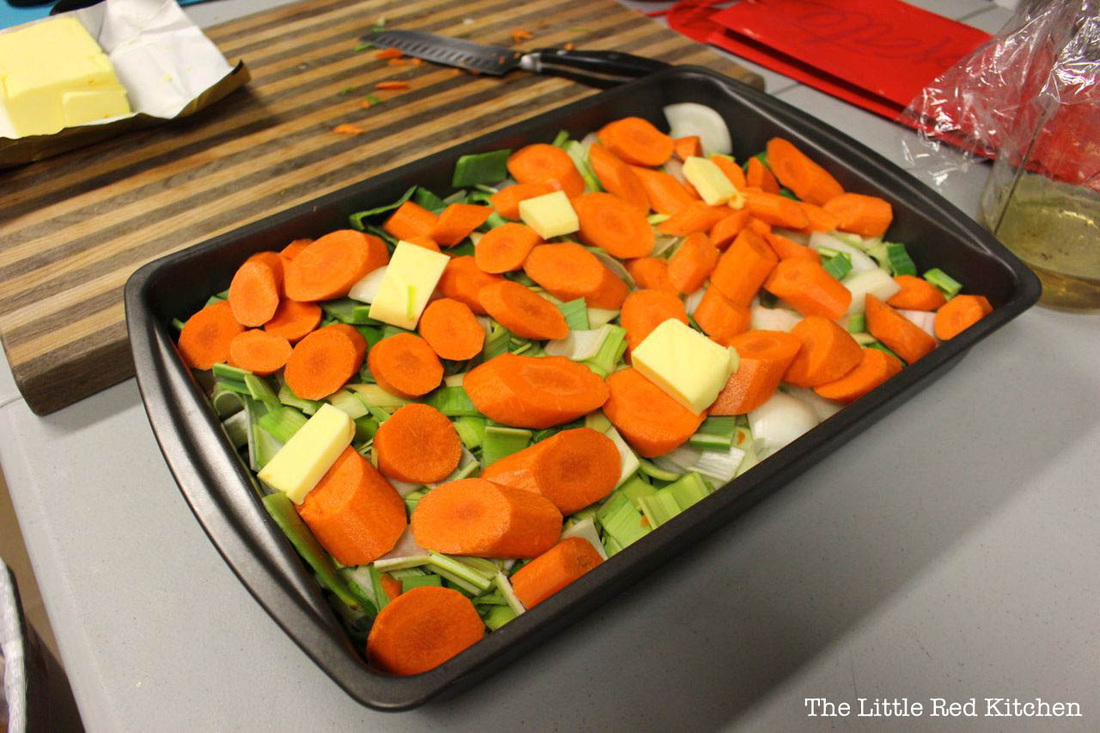
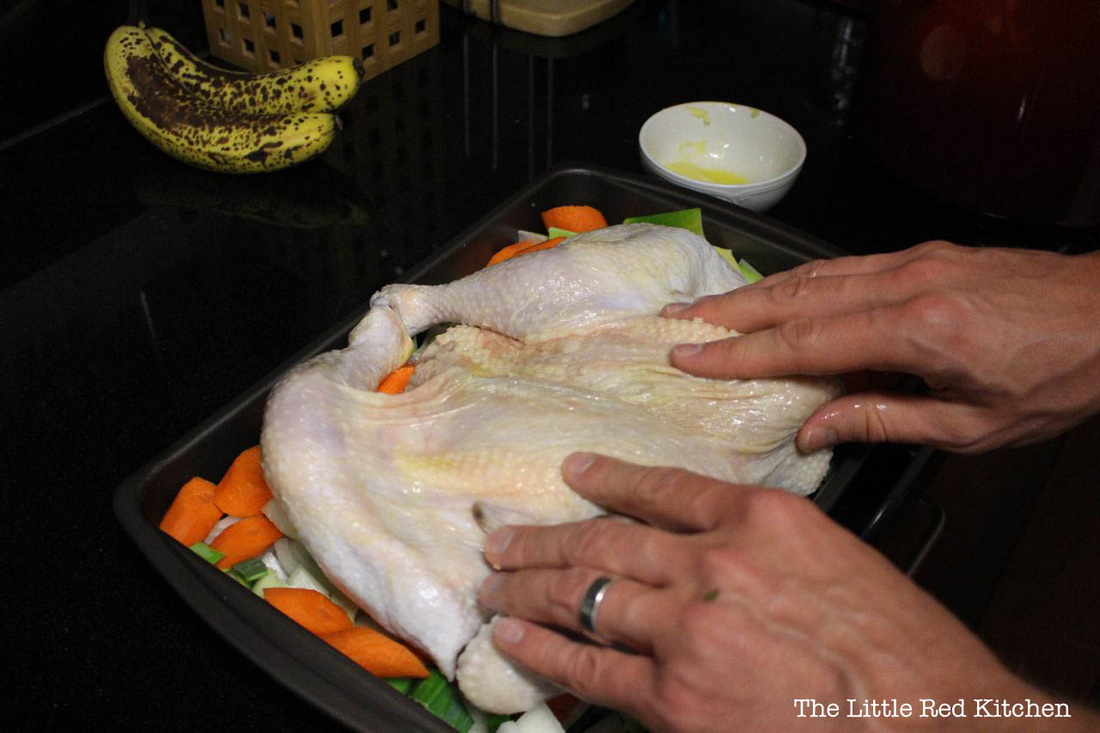
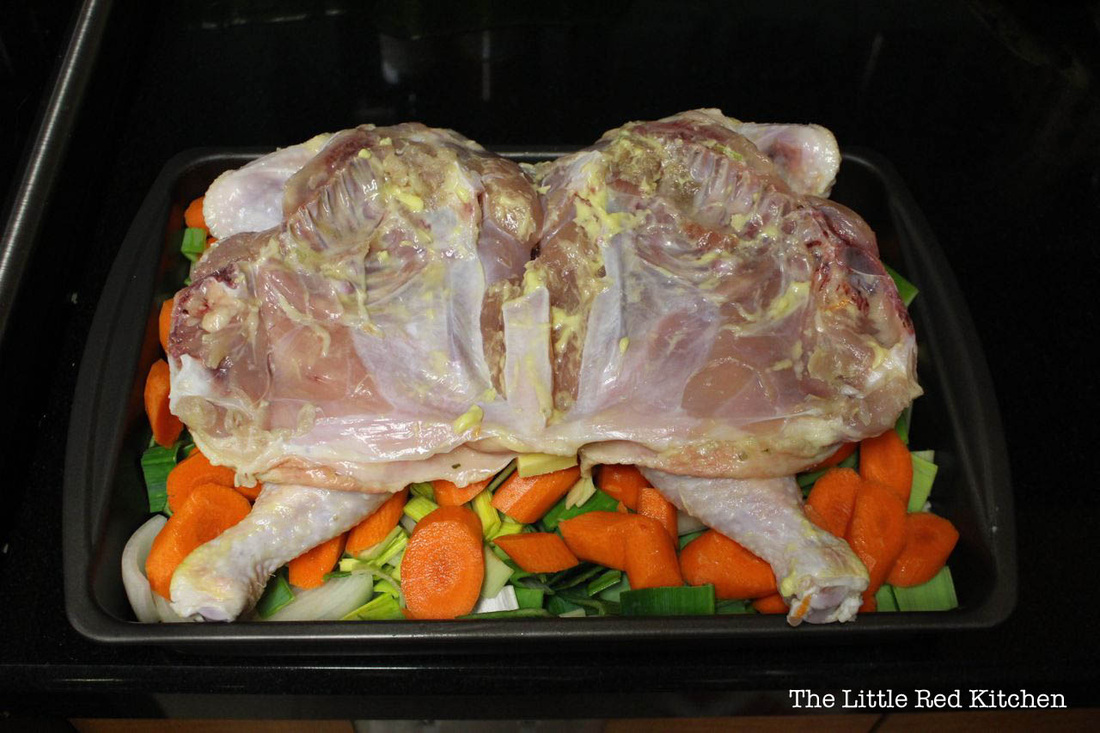
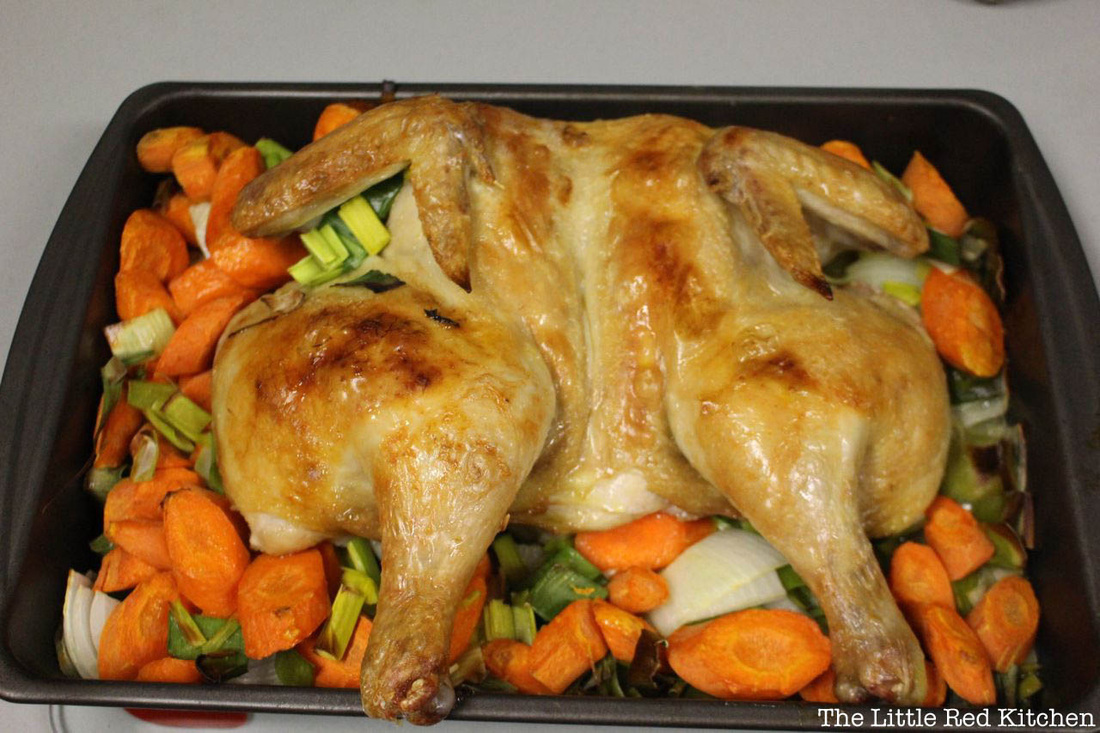
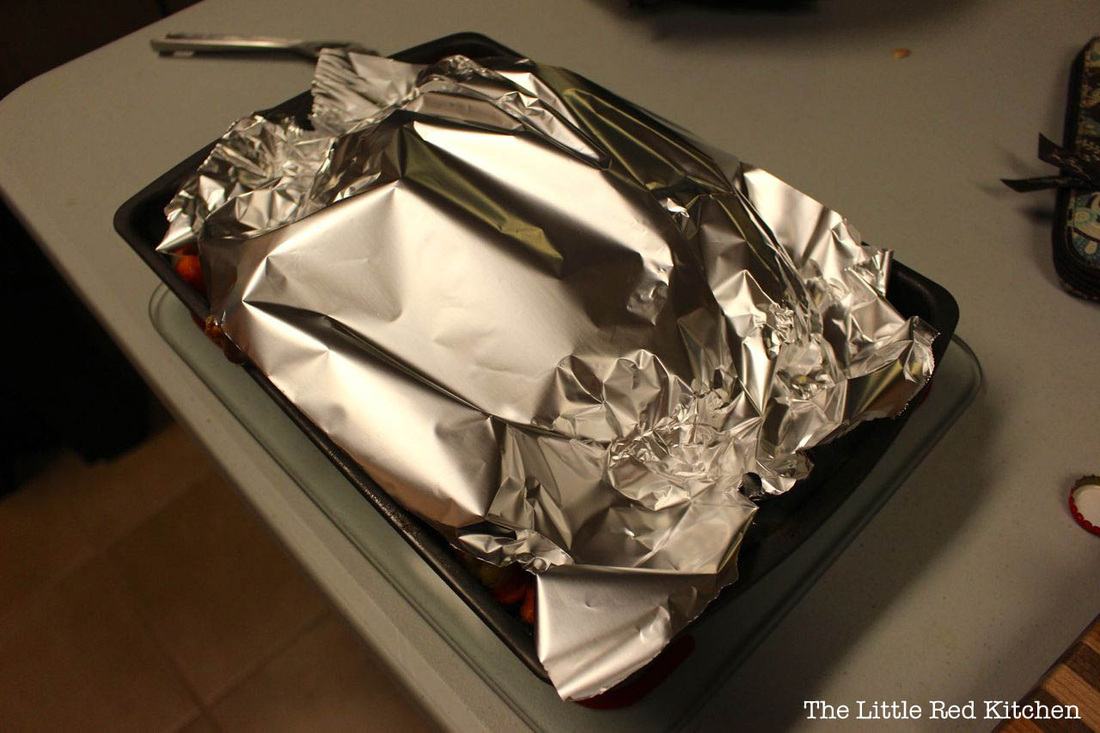
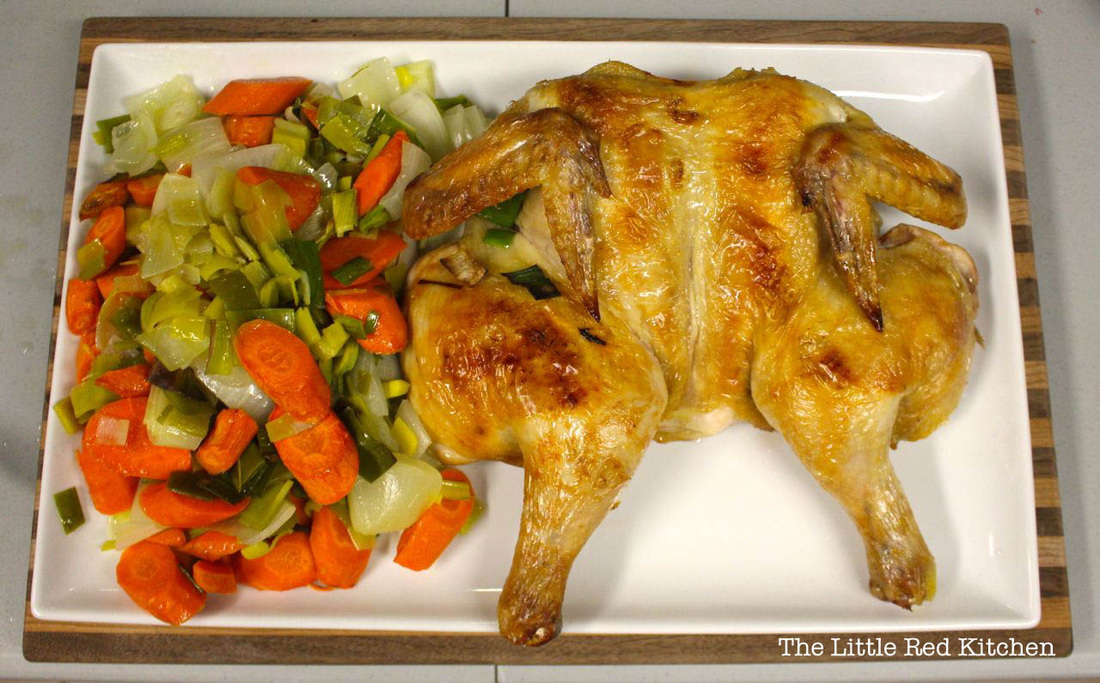
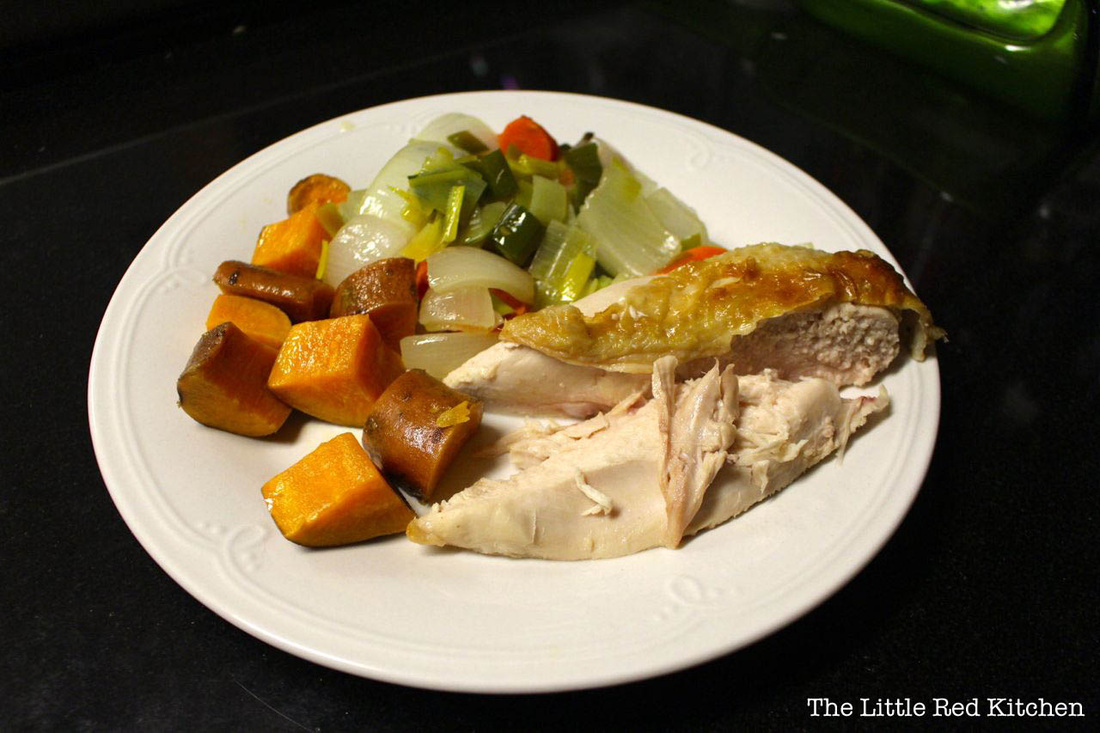

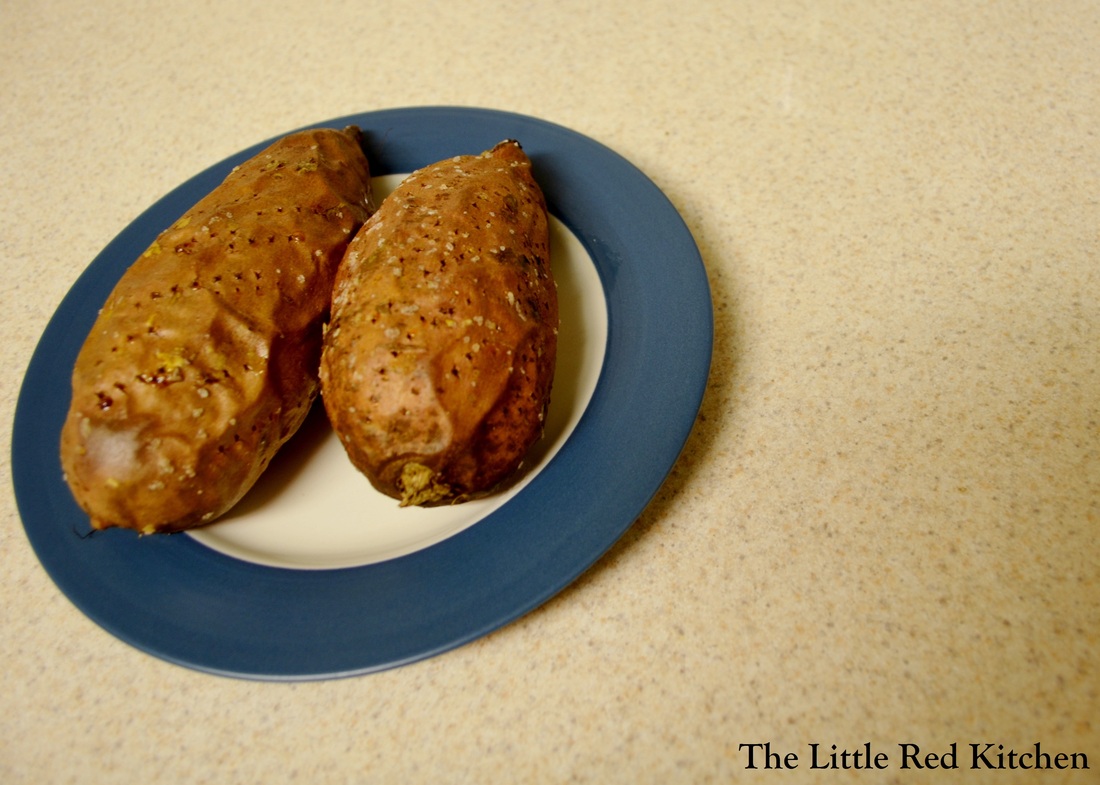
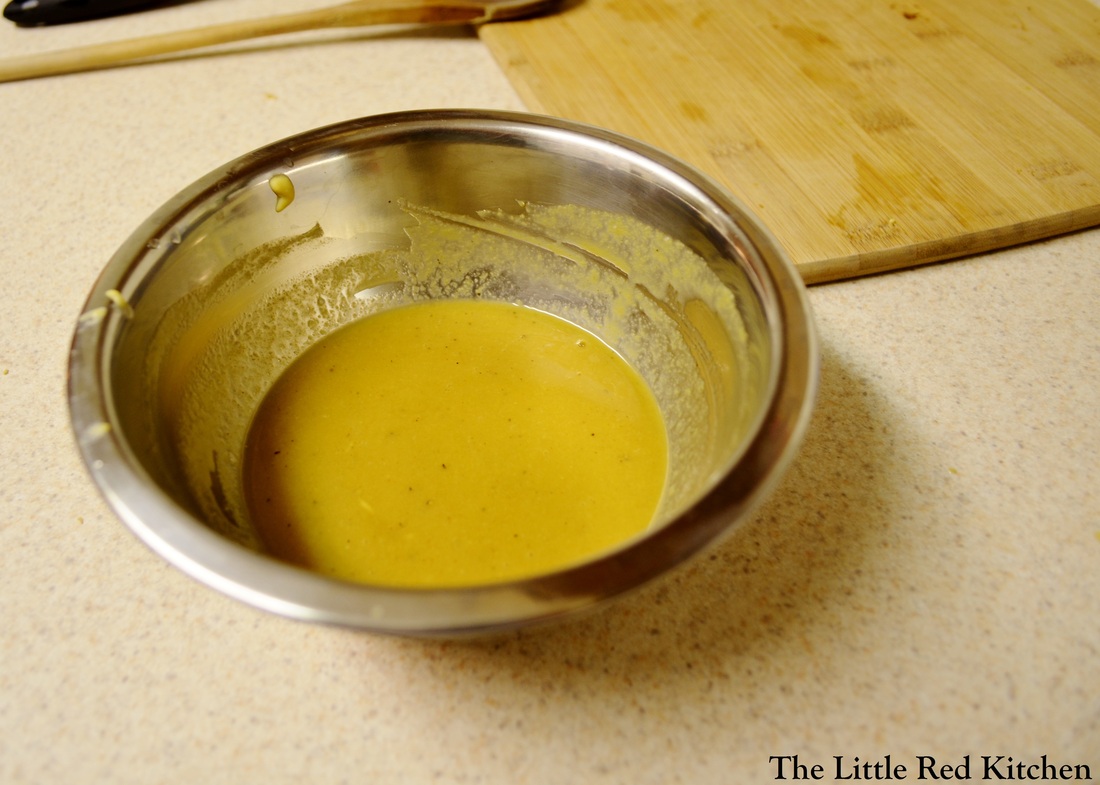
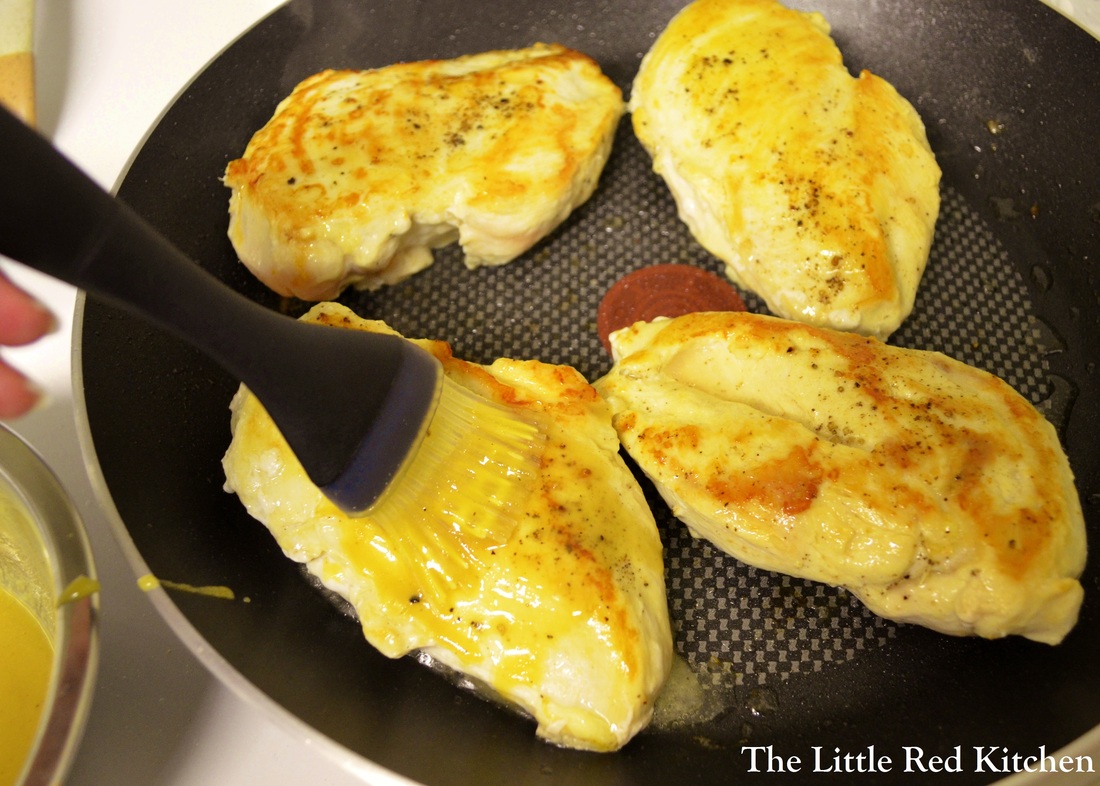
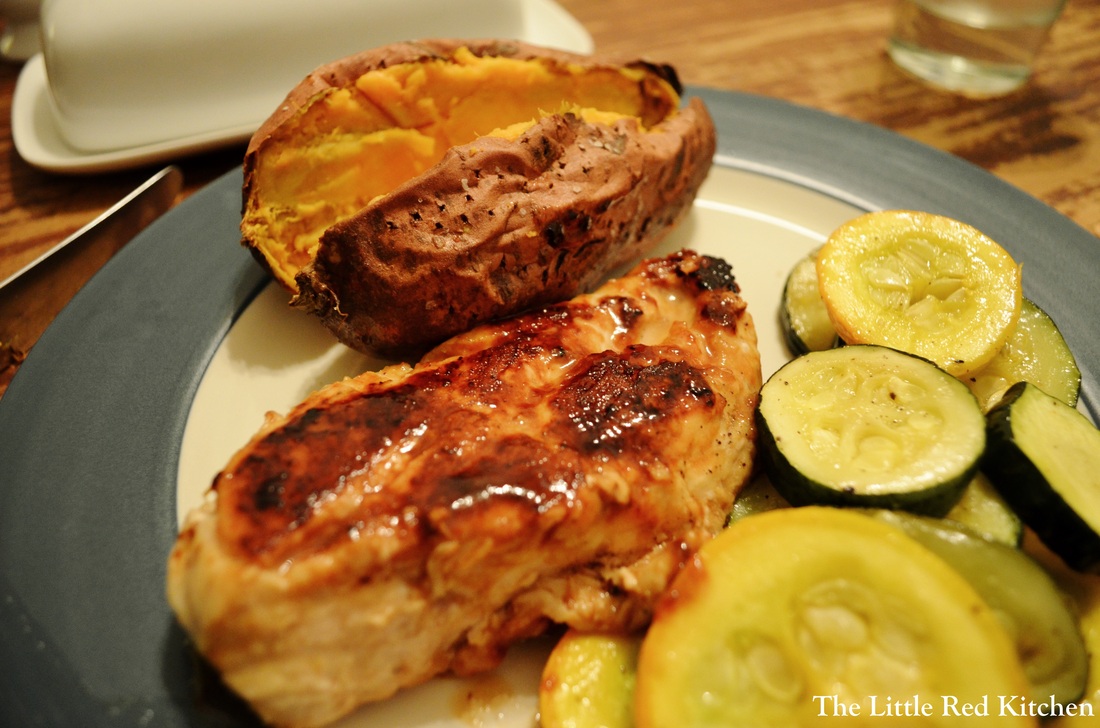

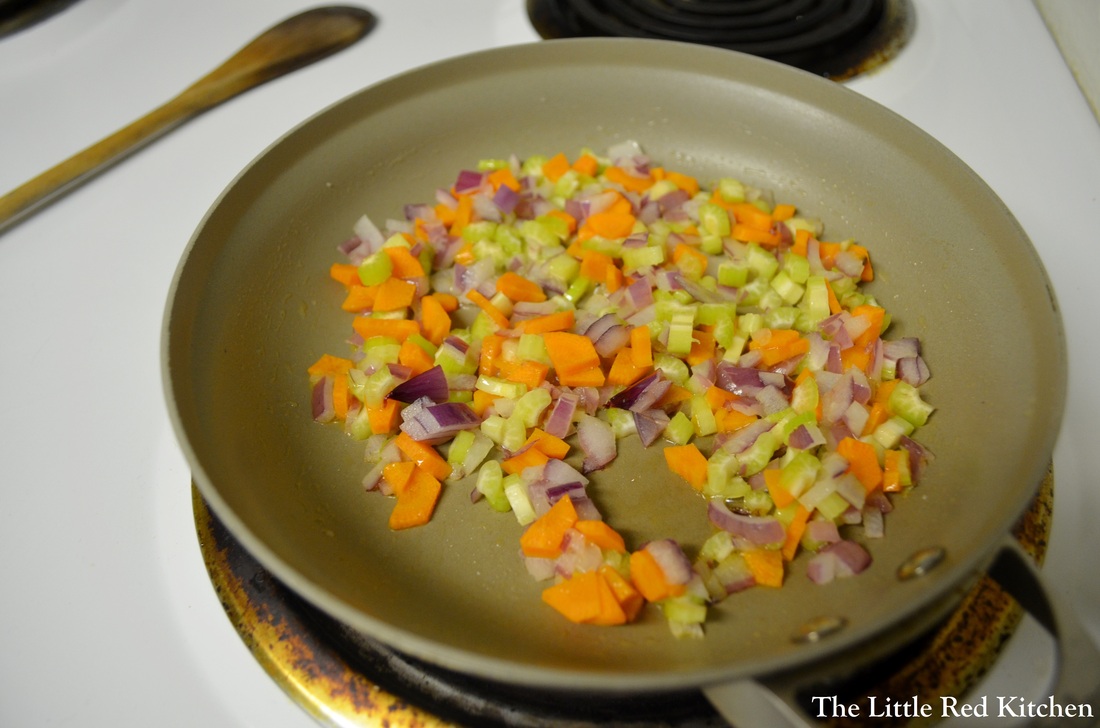
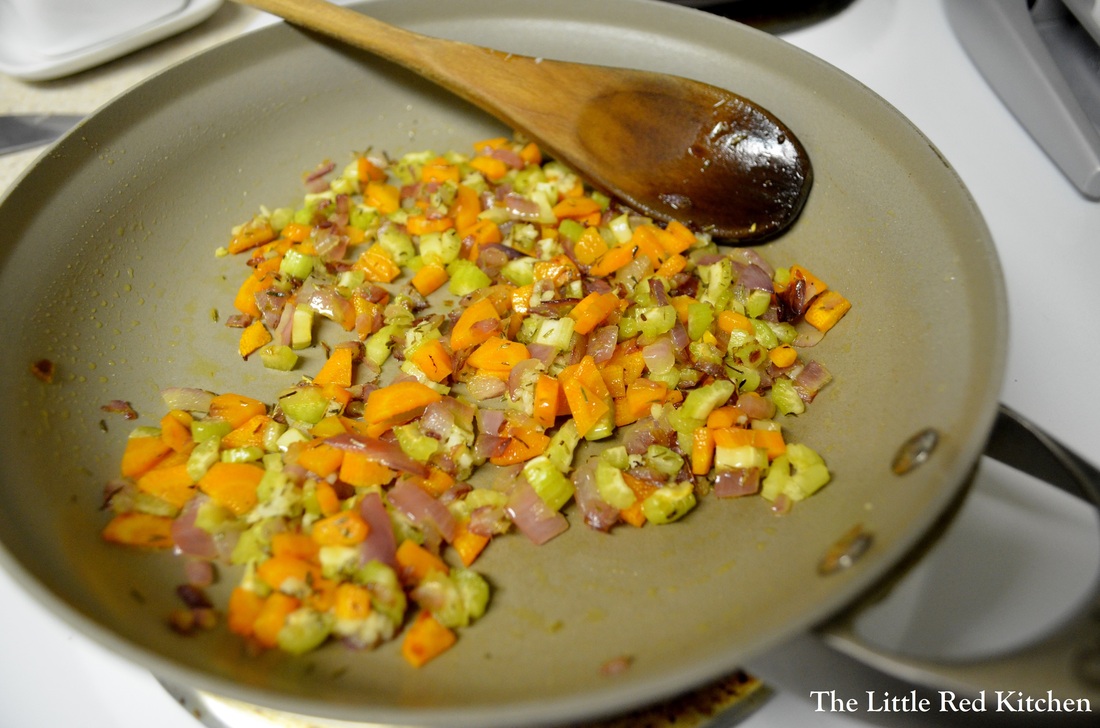
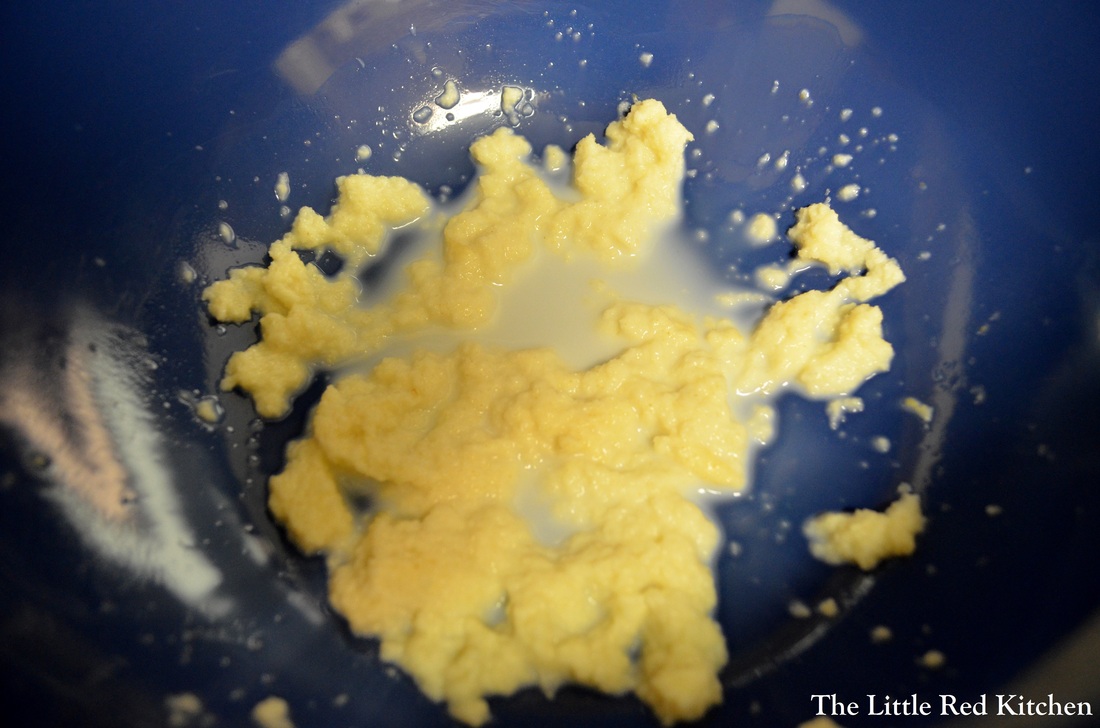
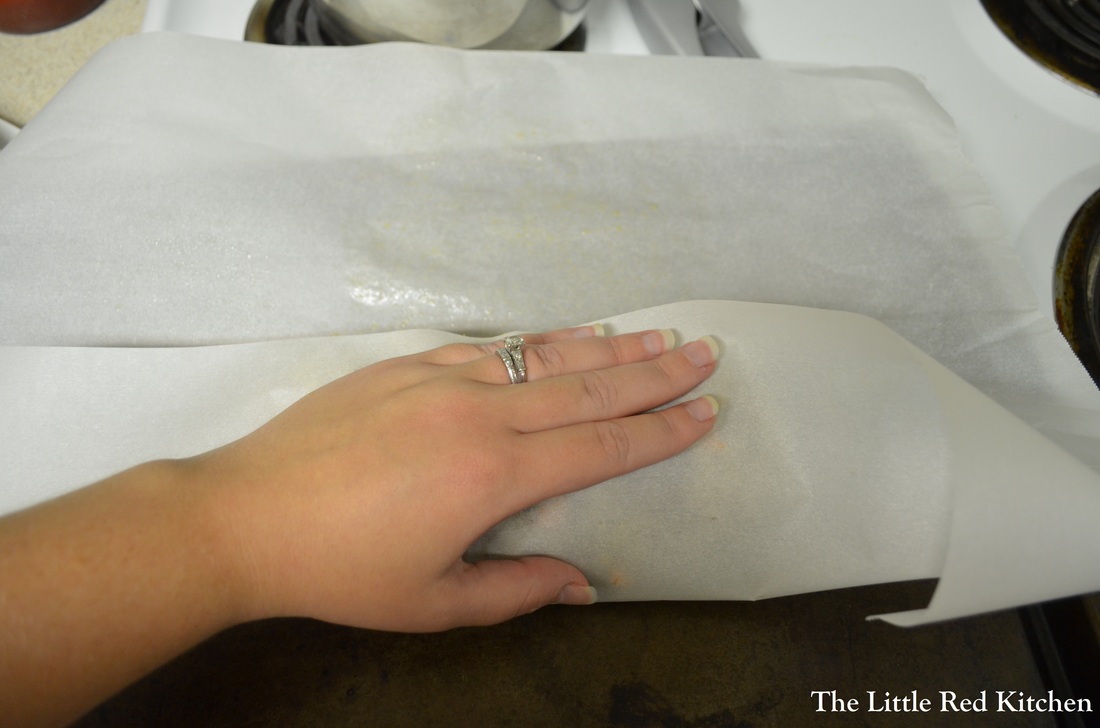
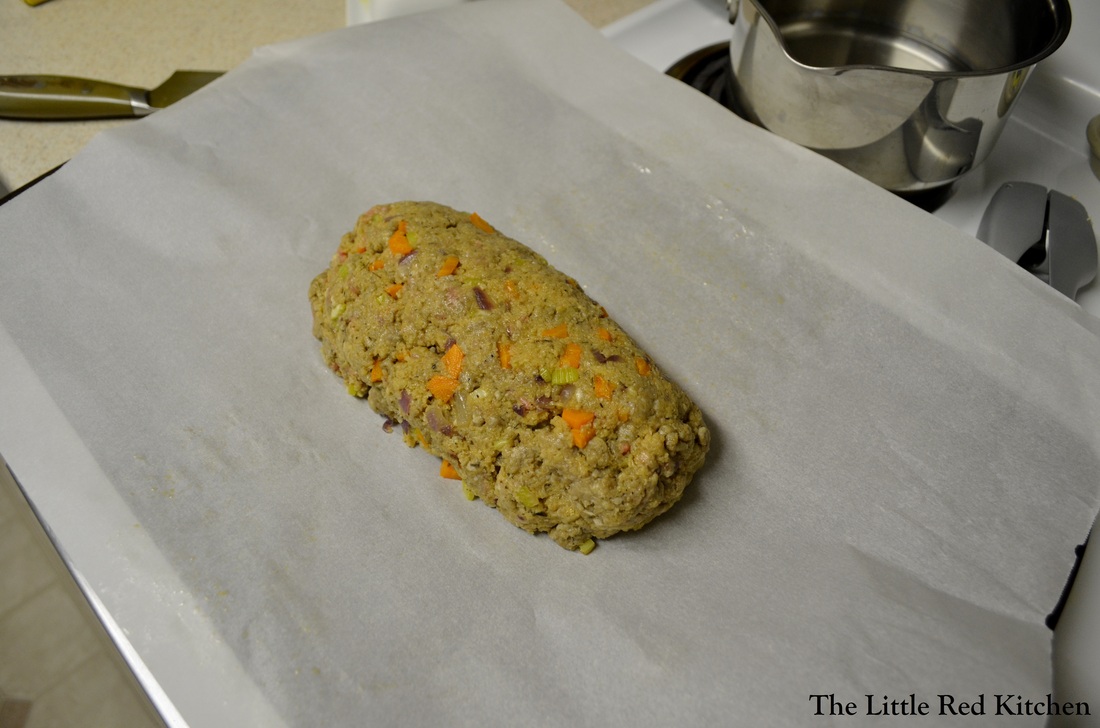
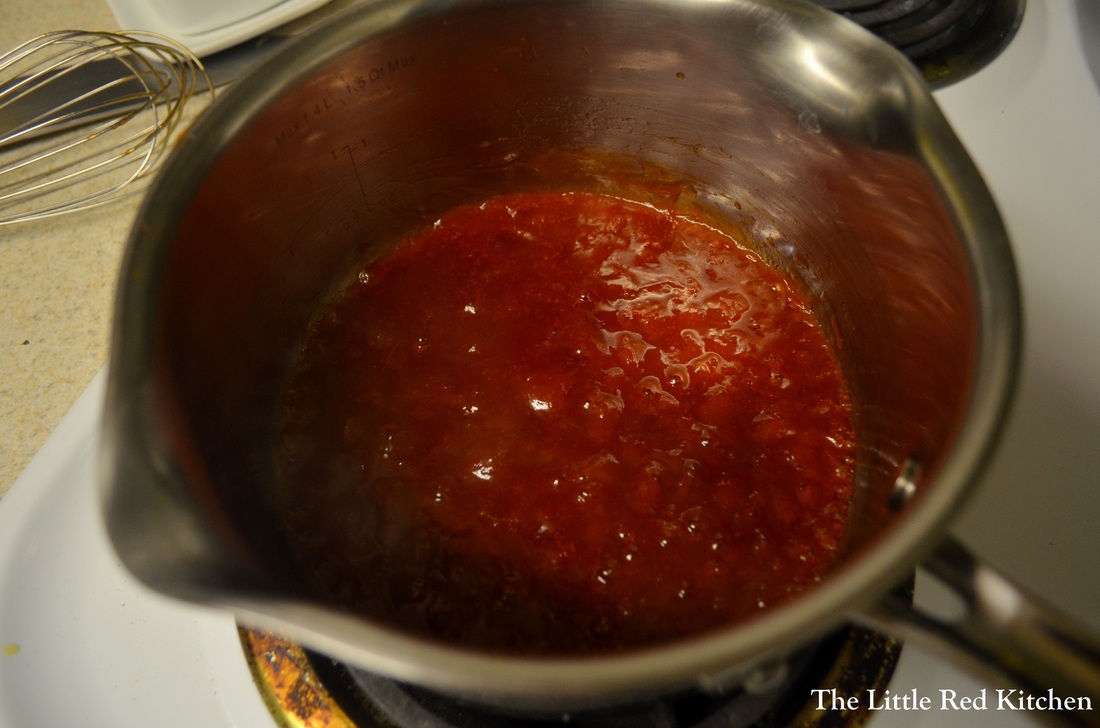
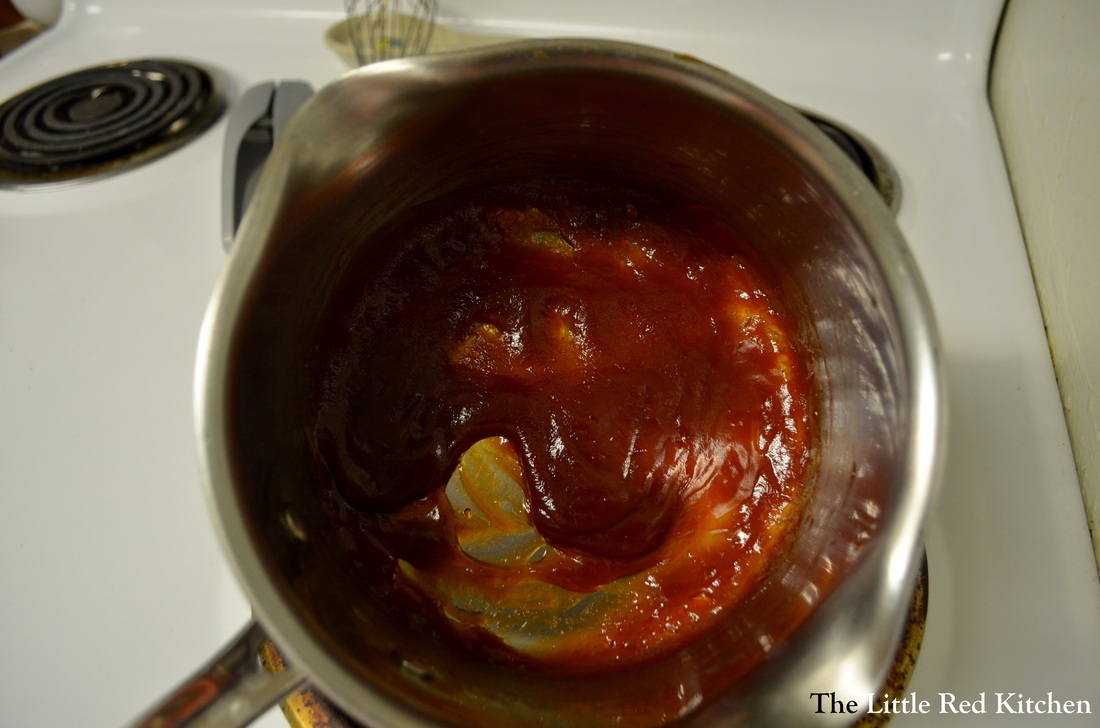
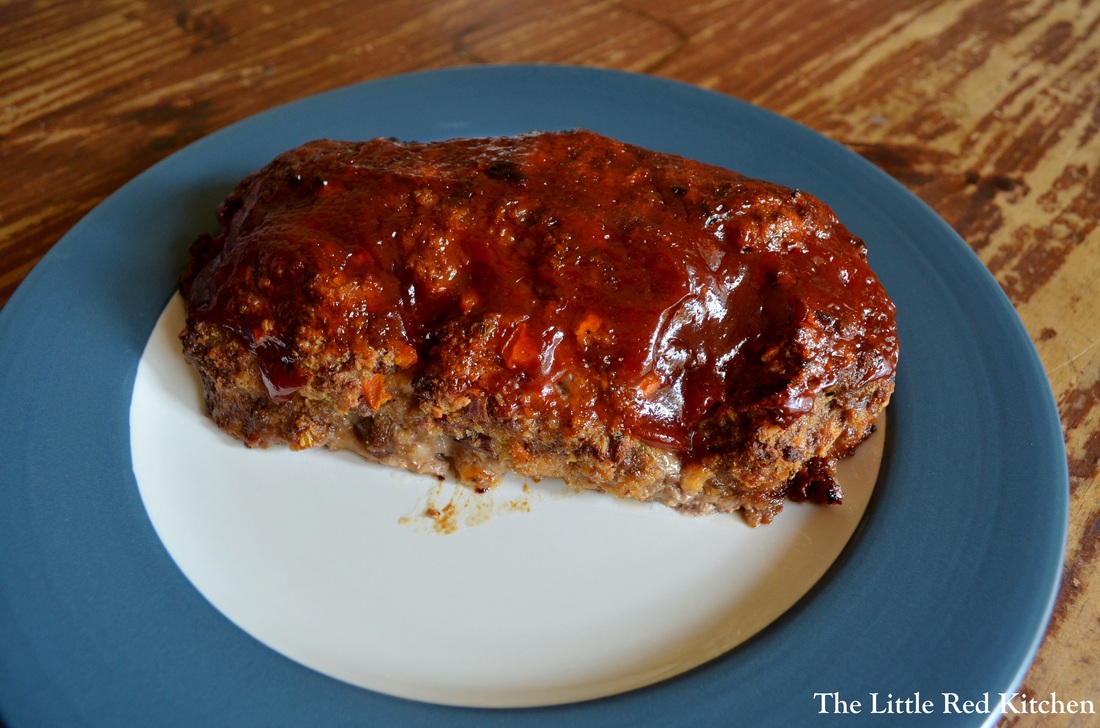

 RSS Feed
RSS Feed